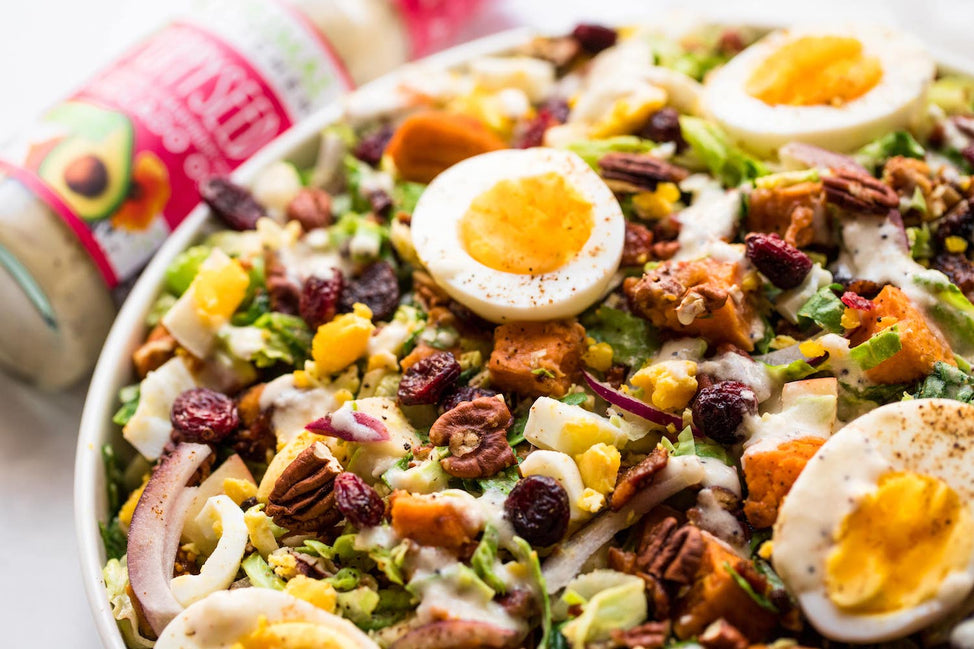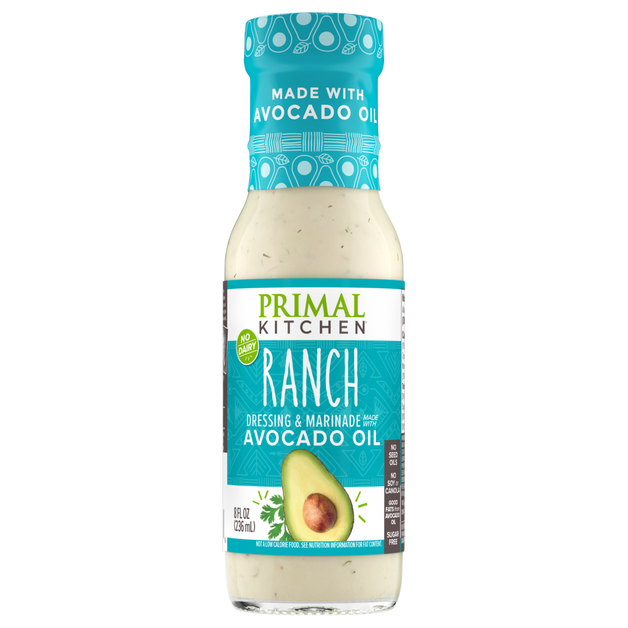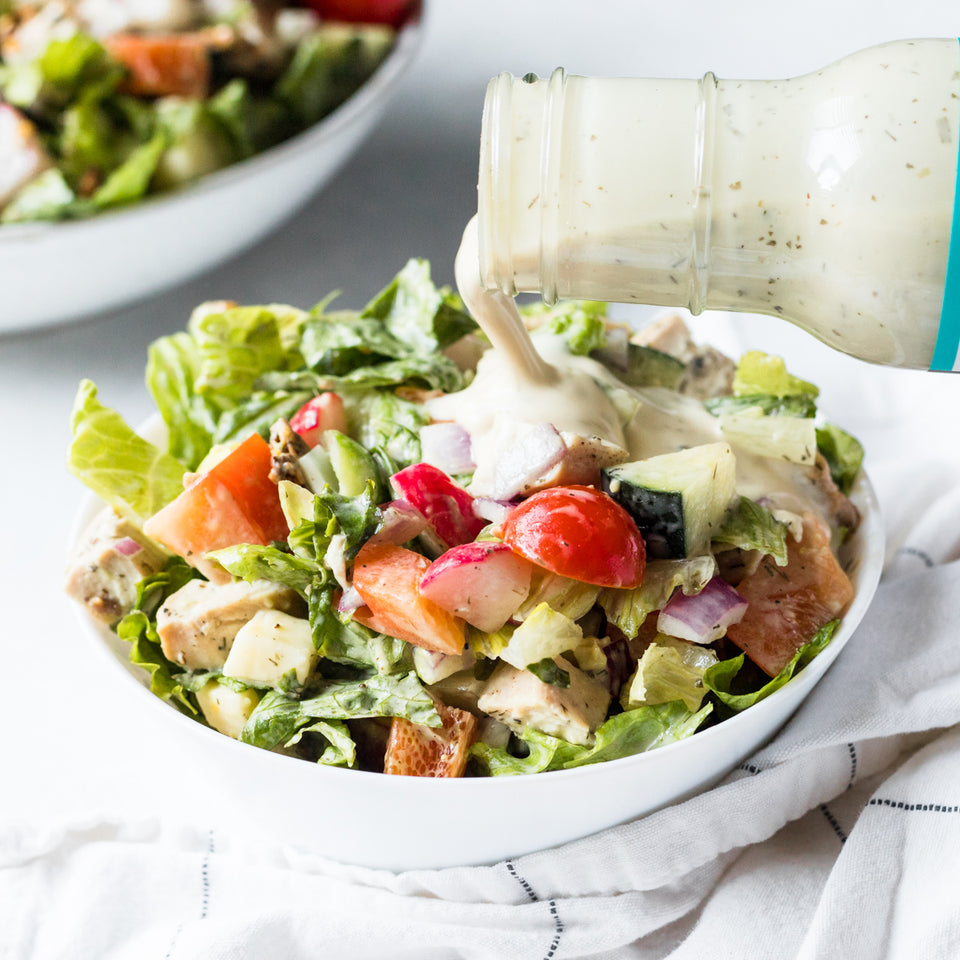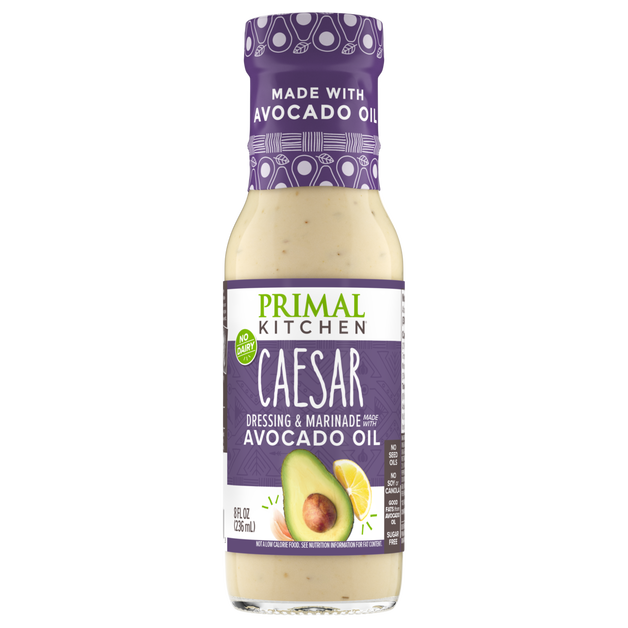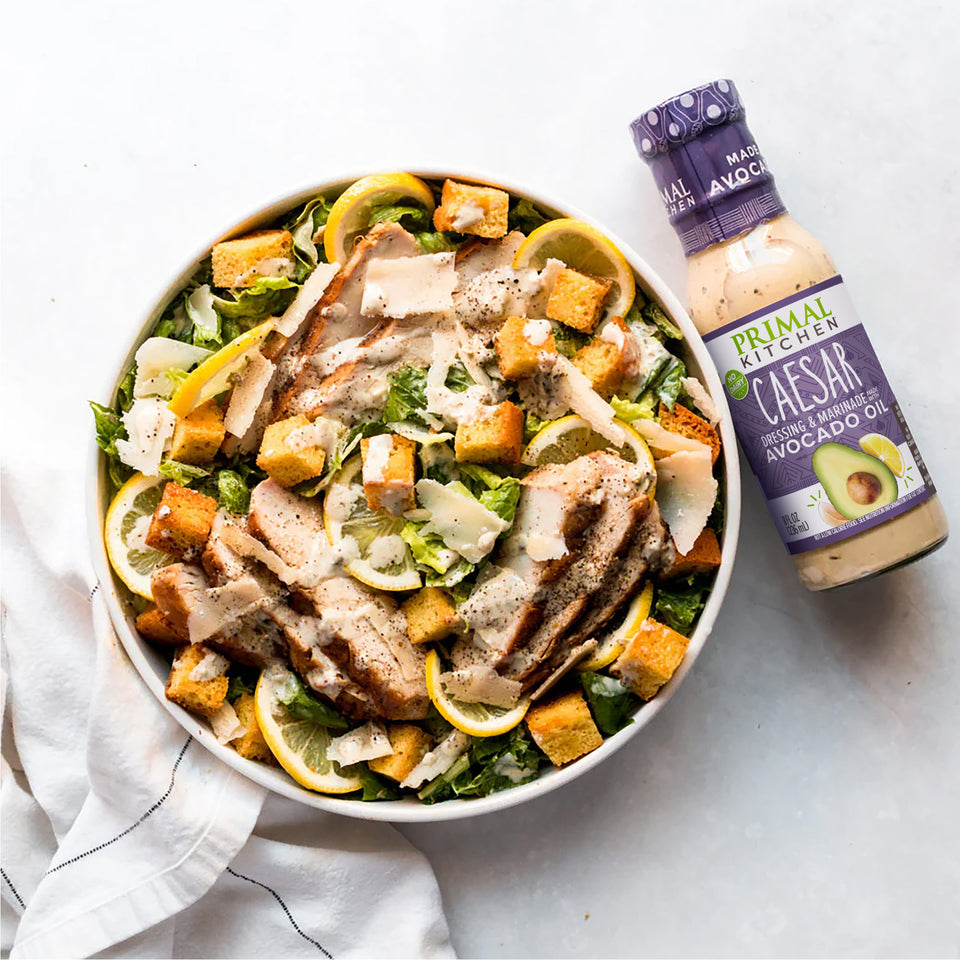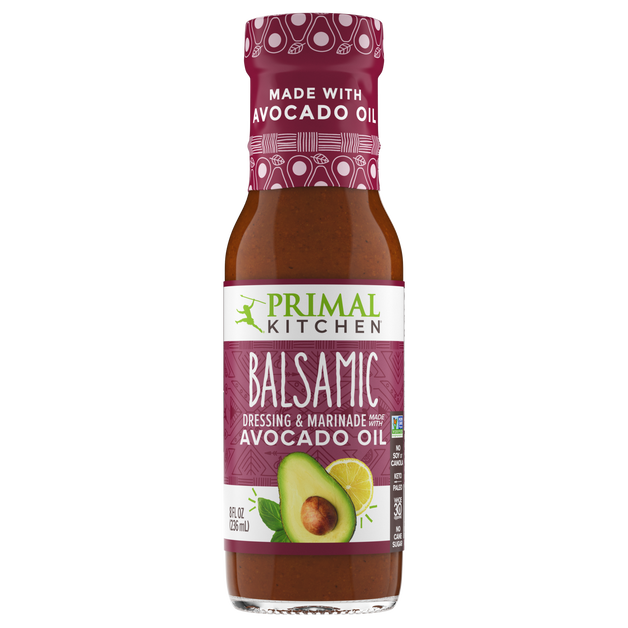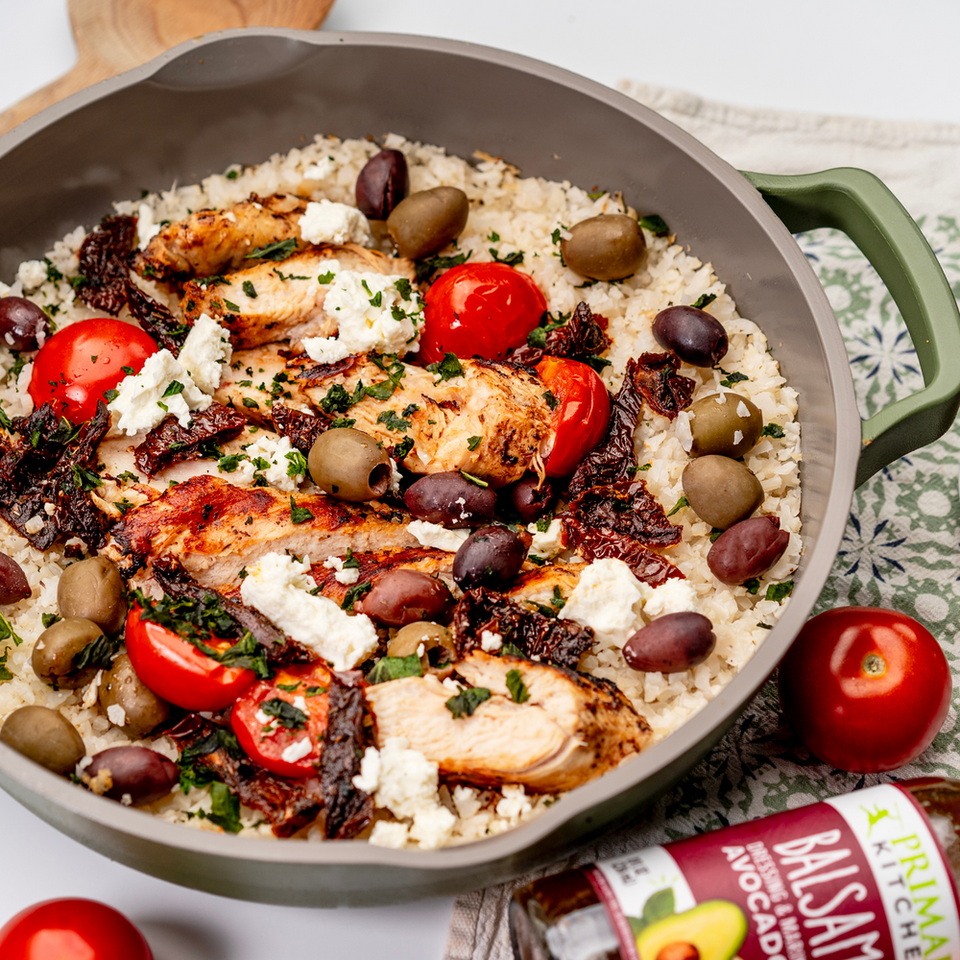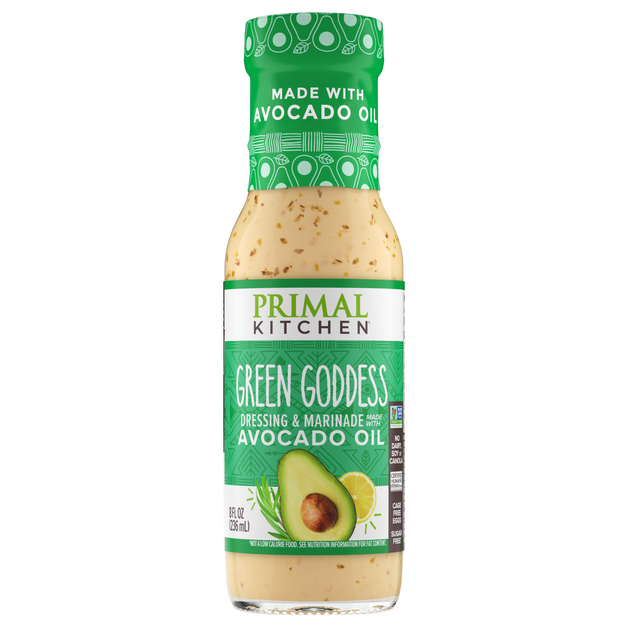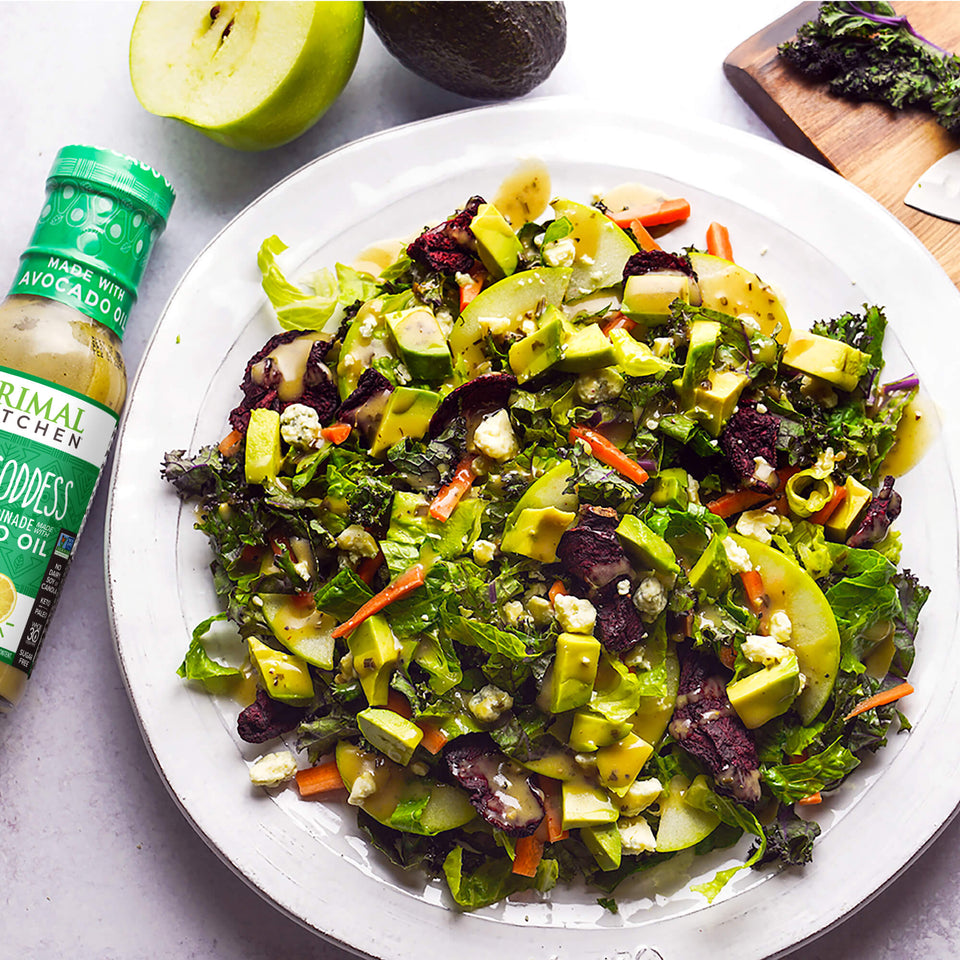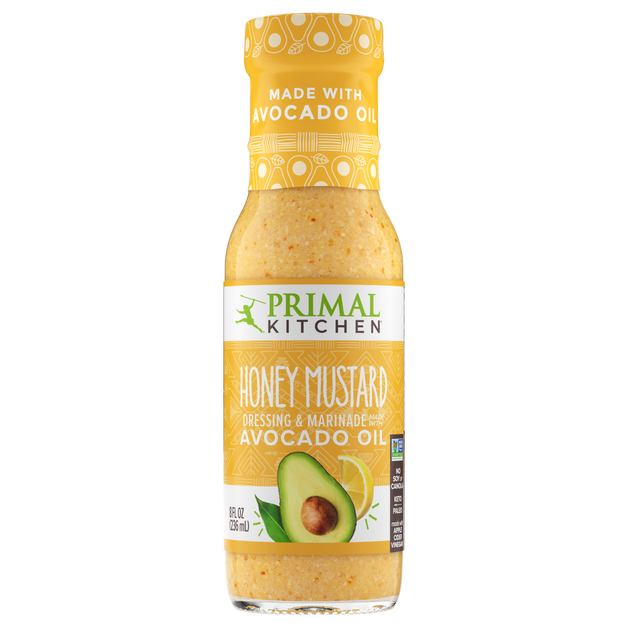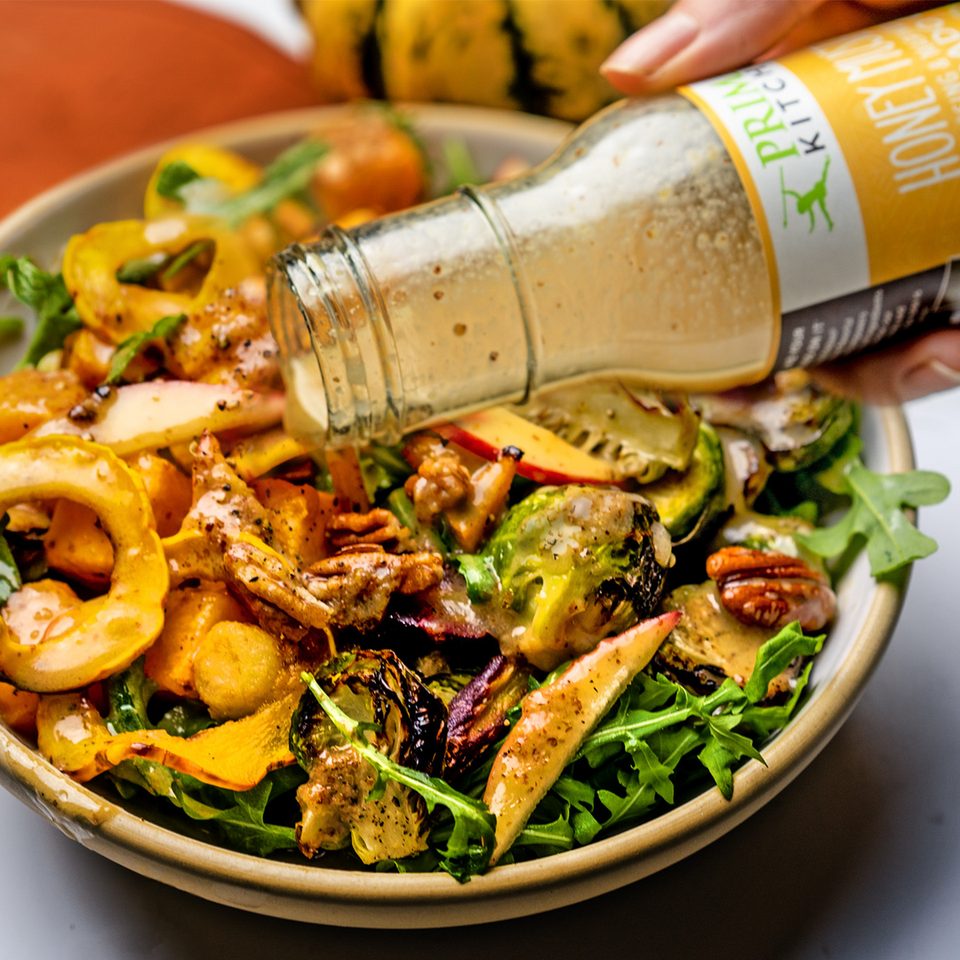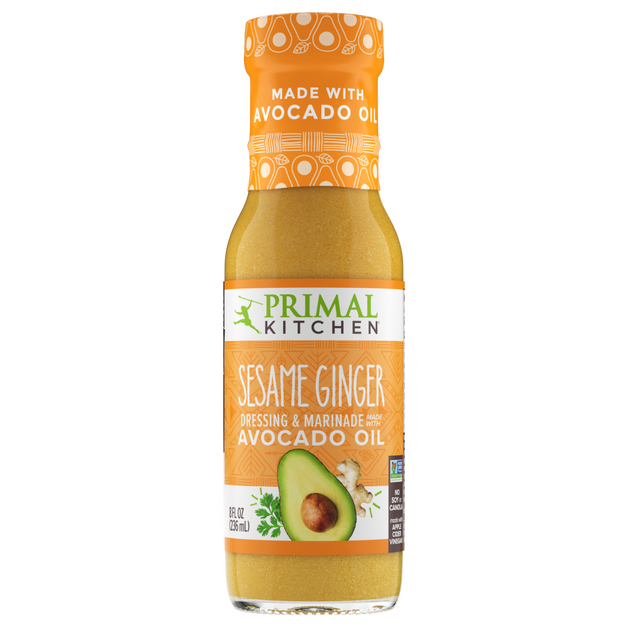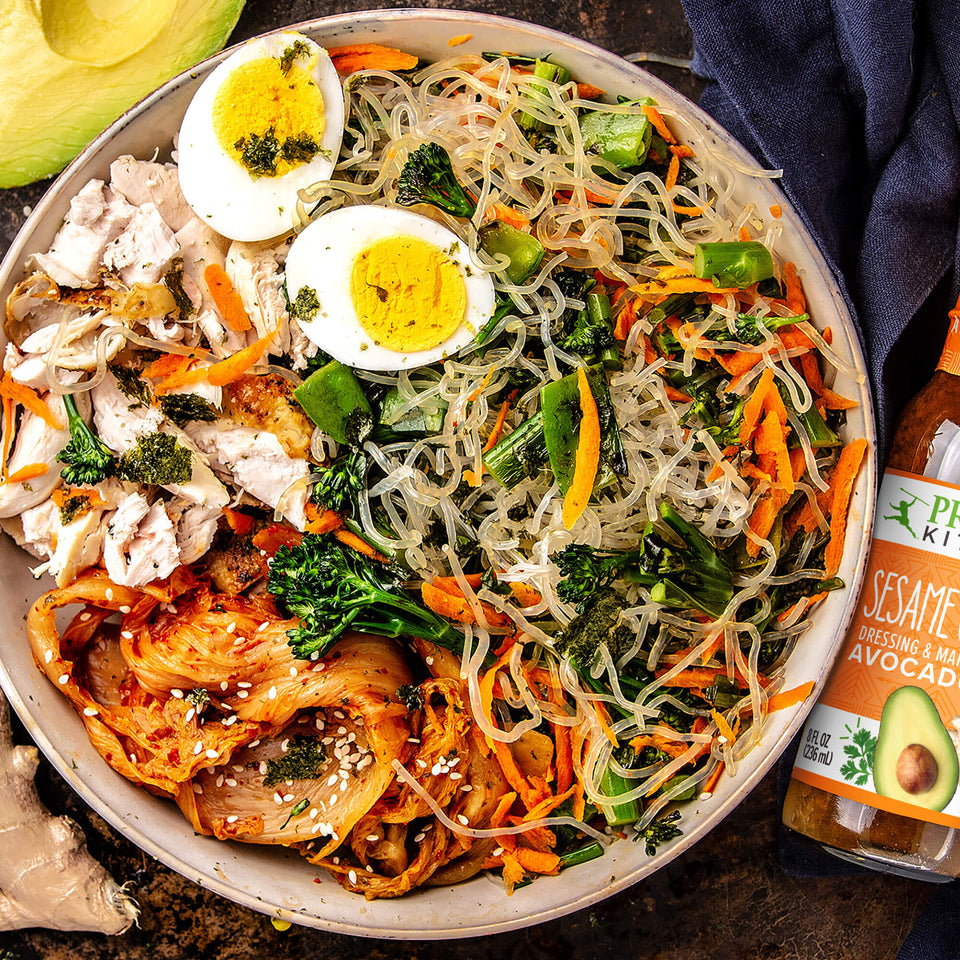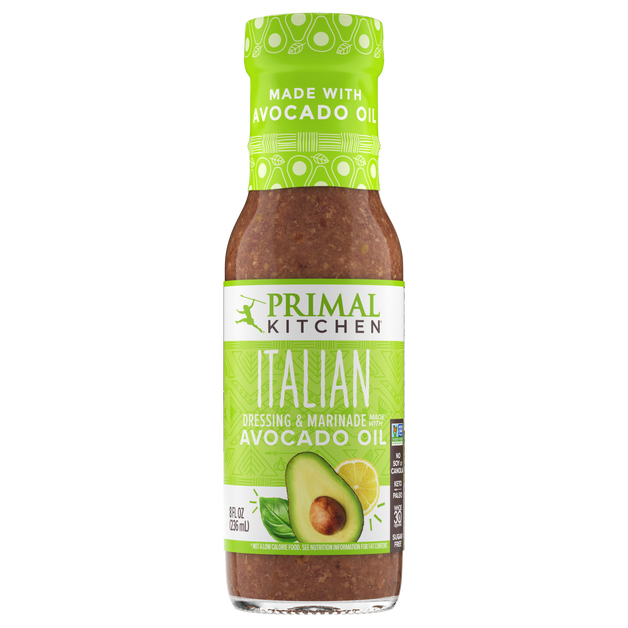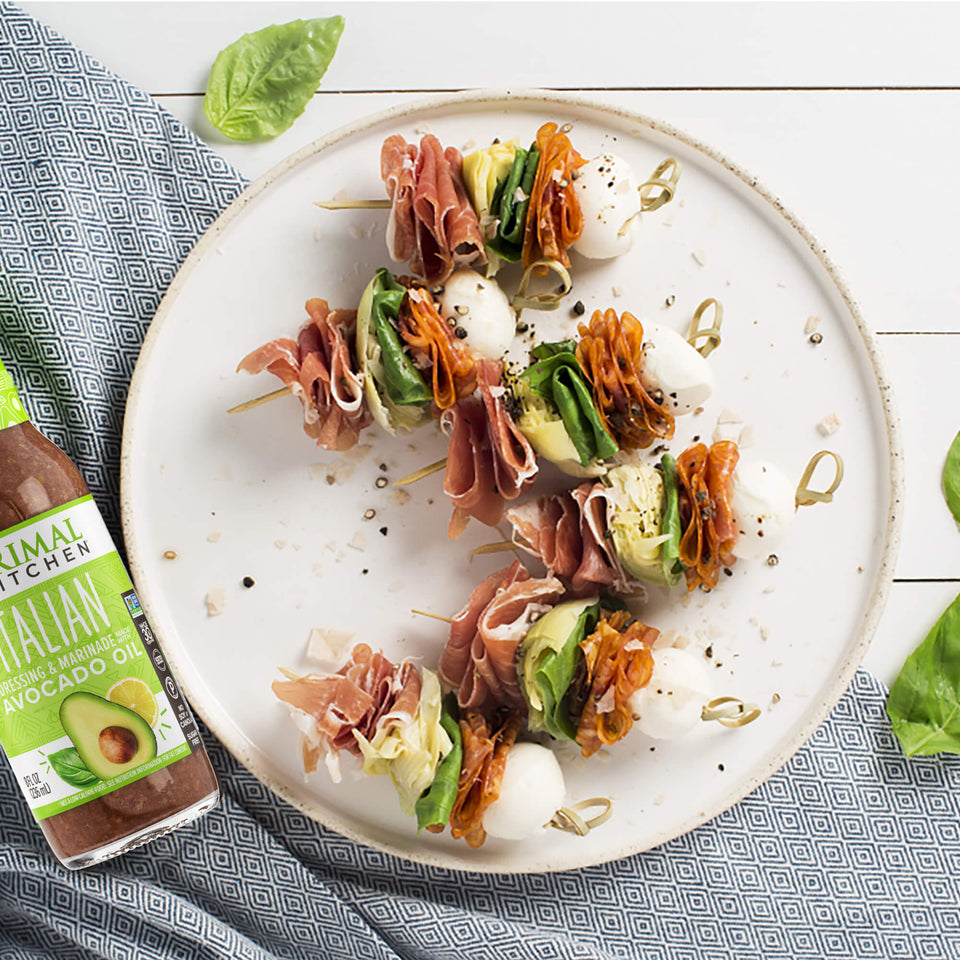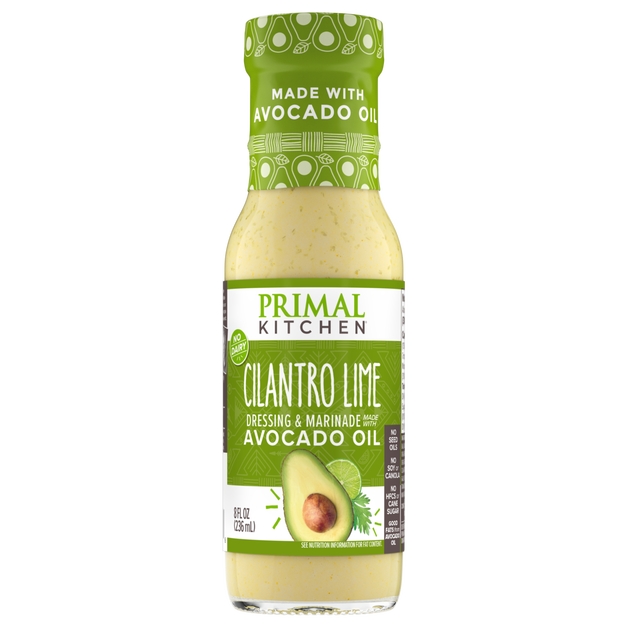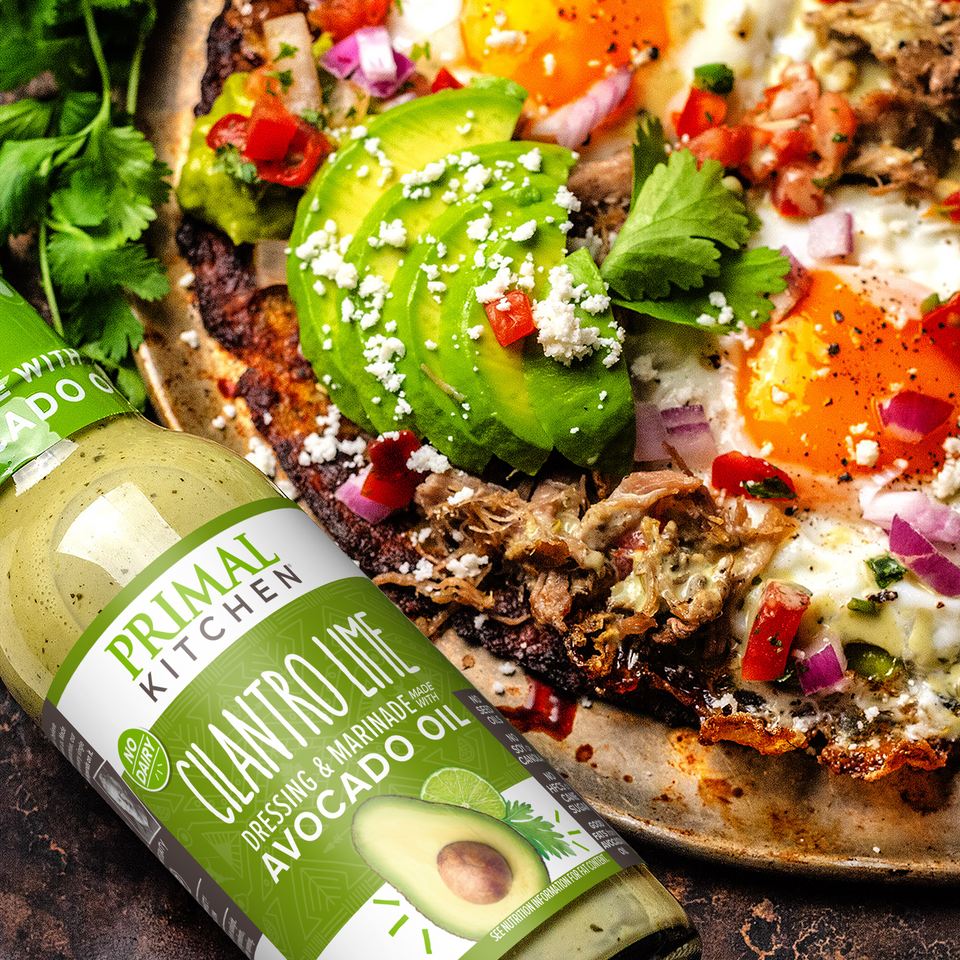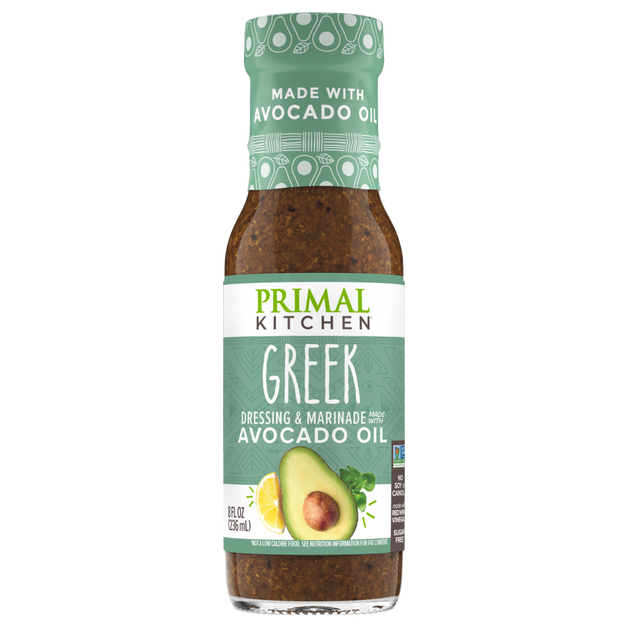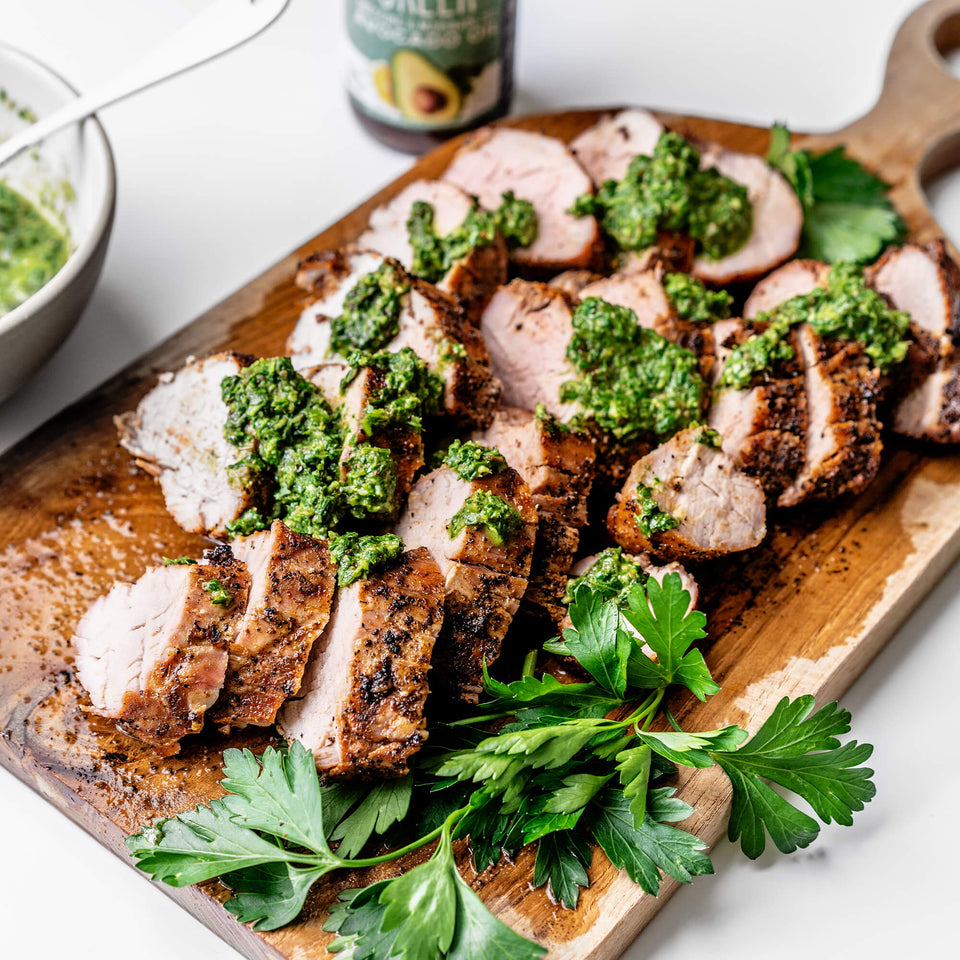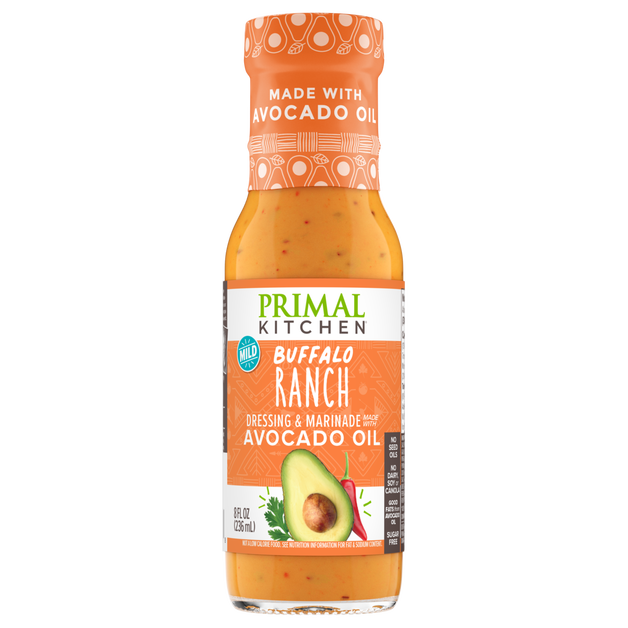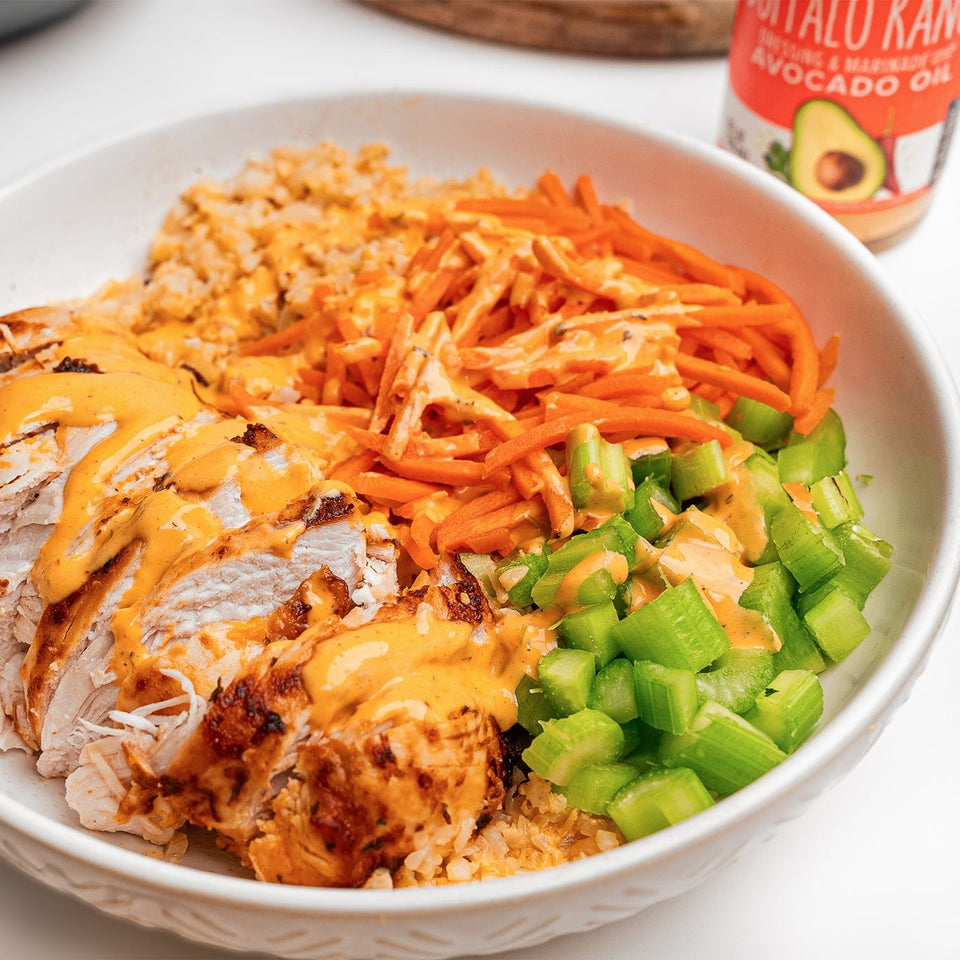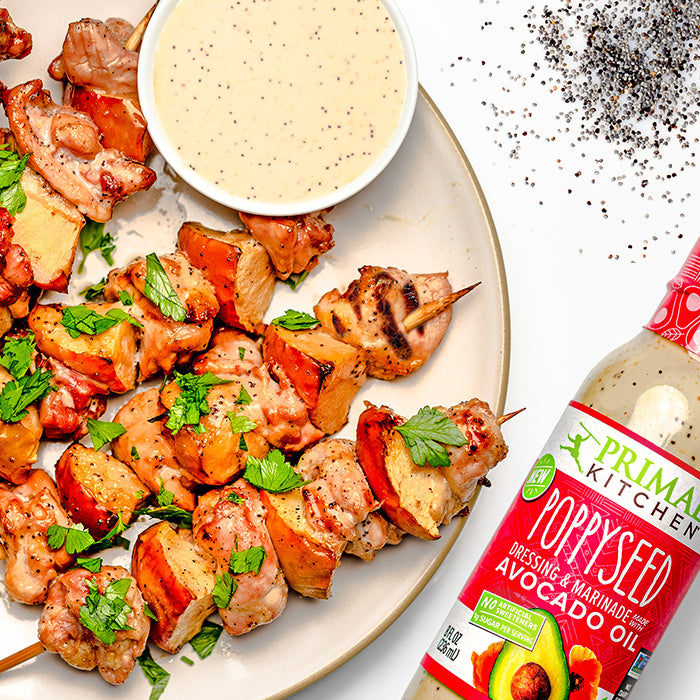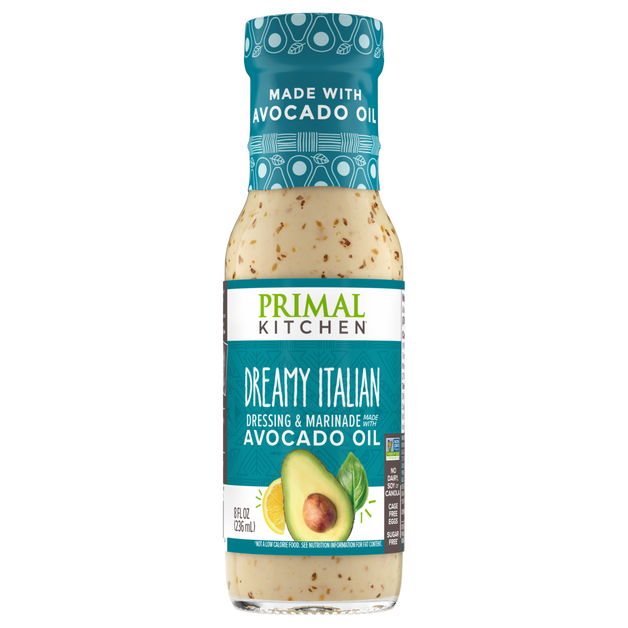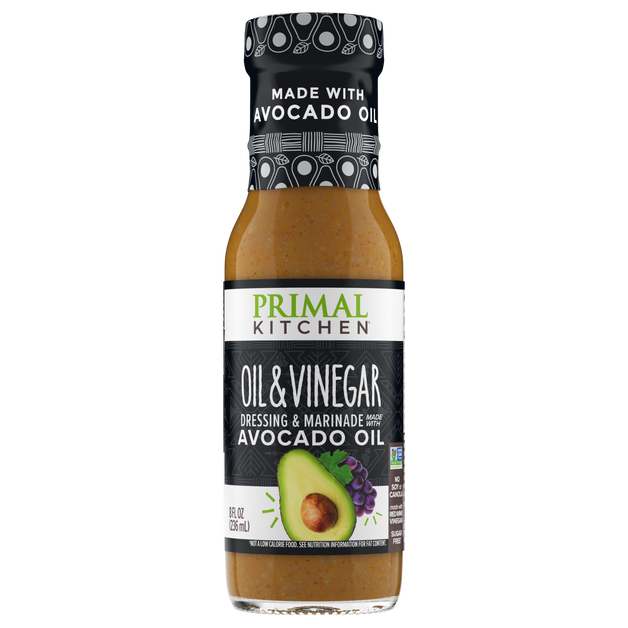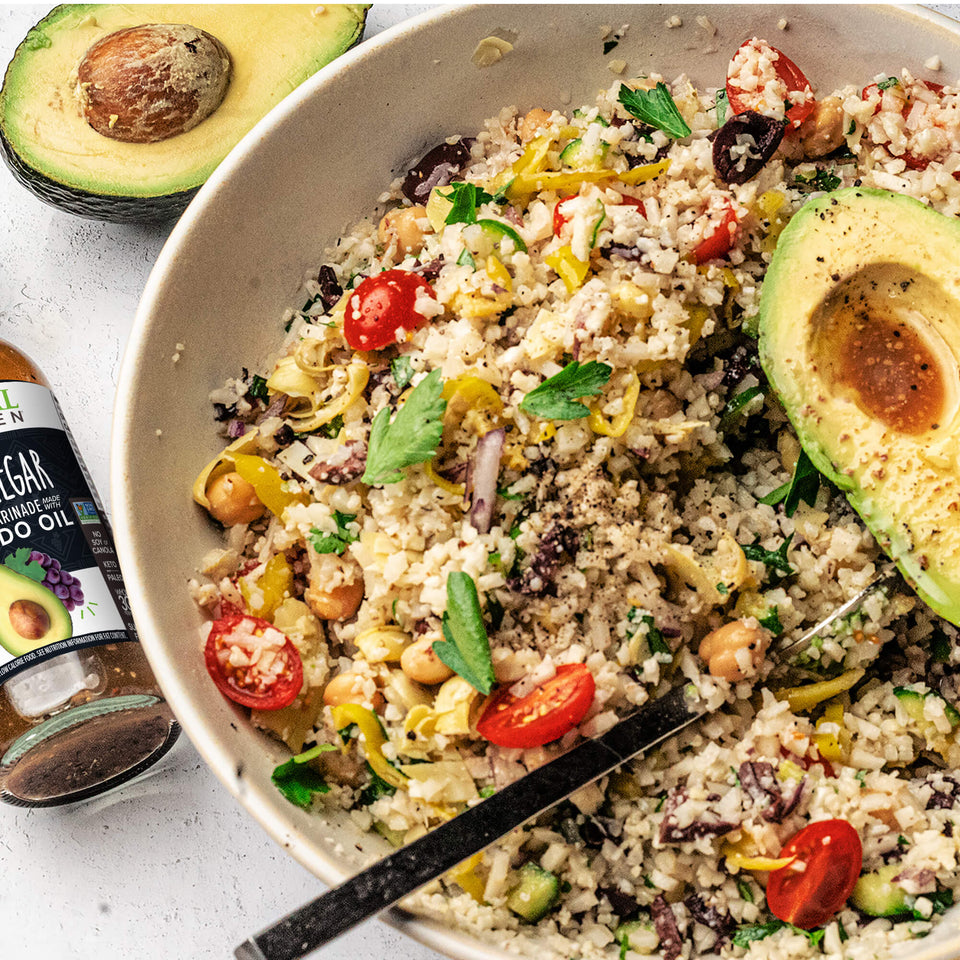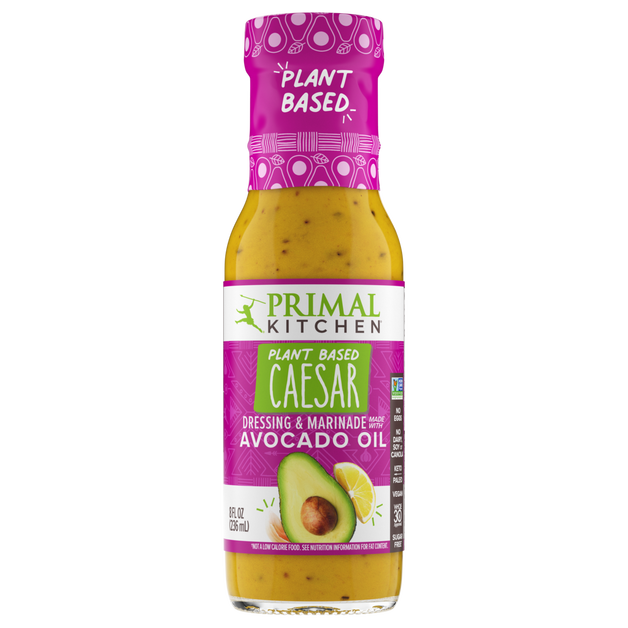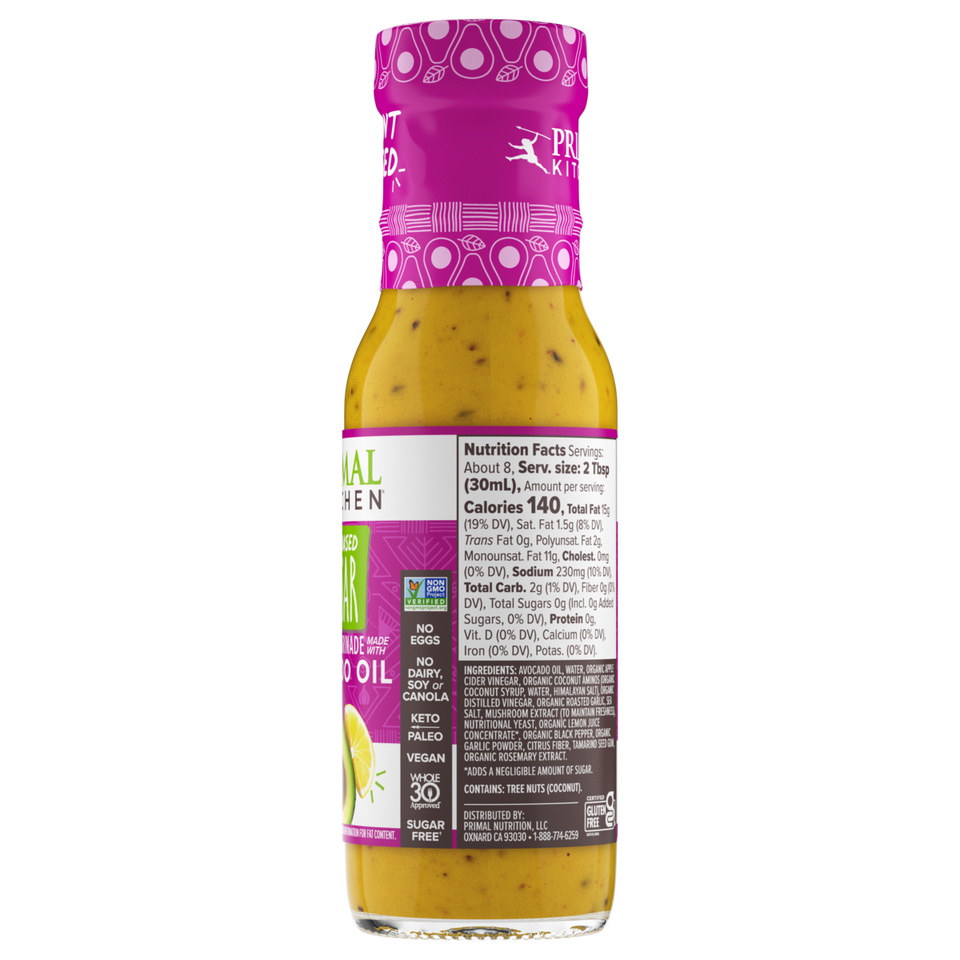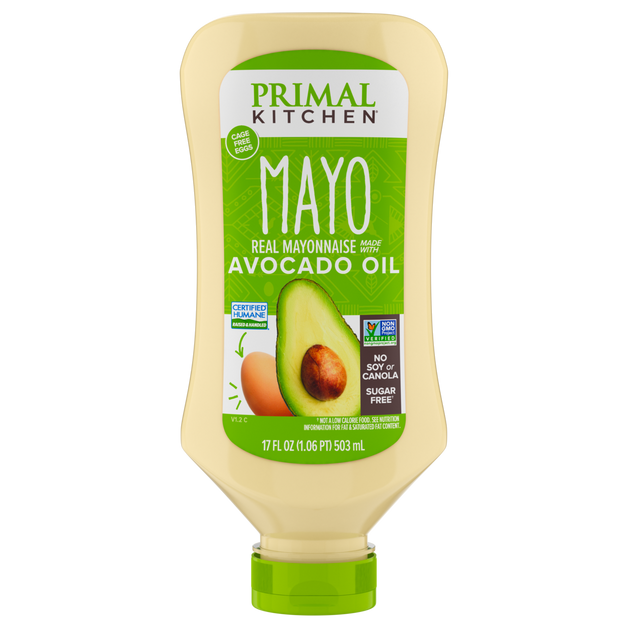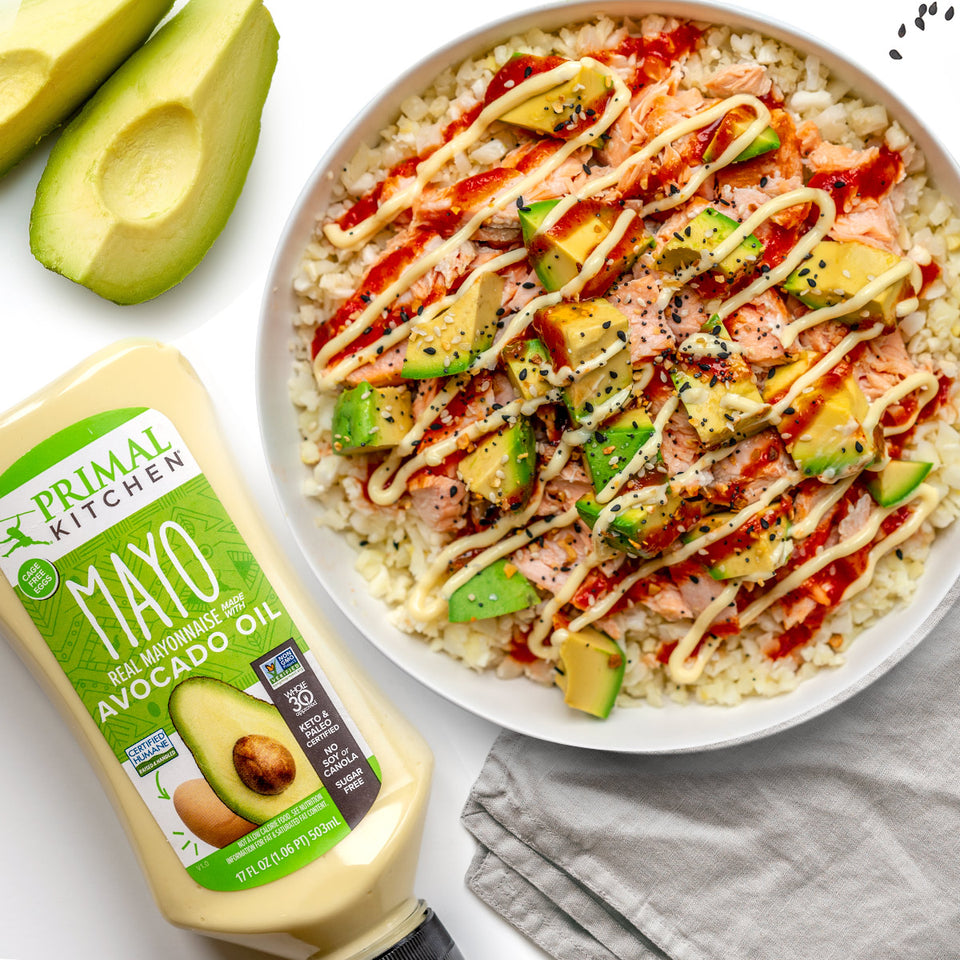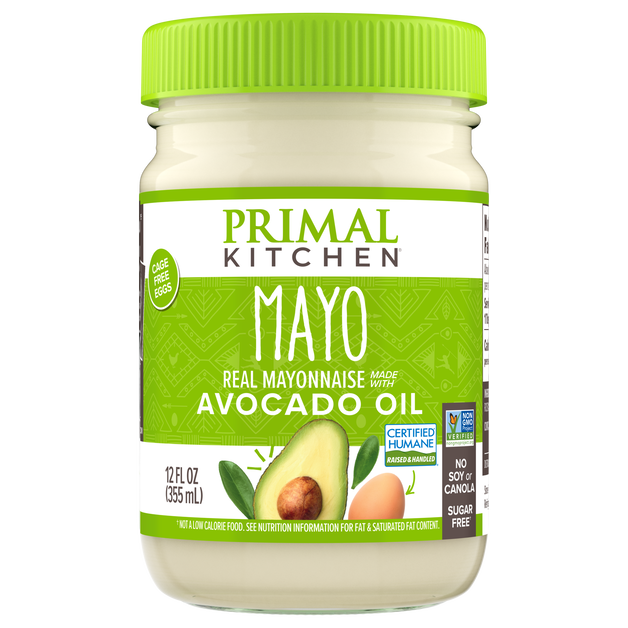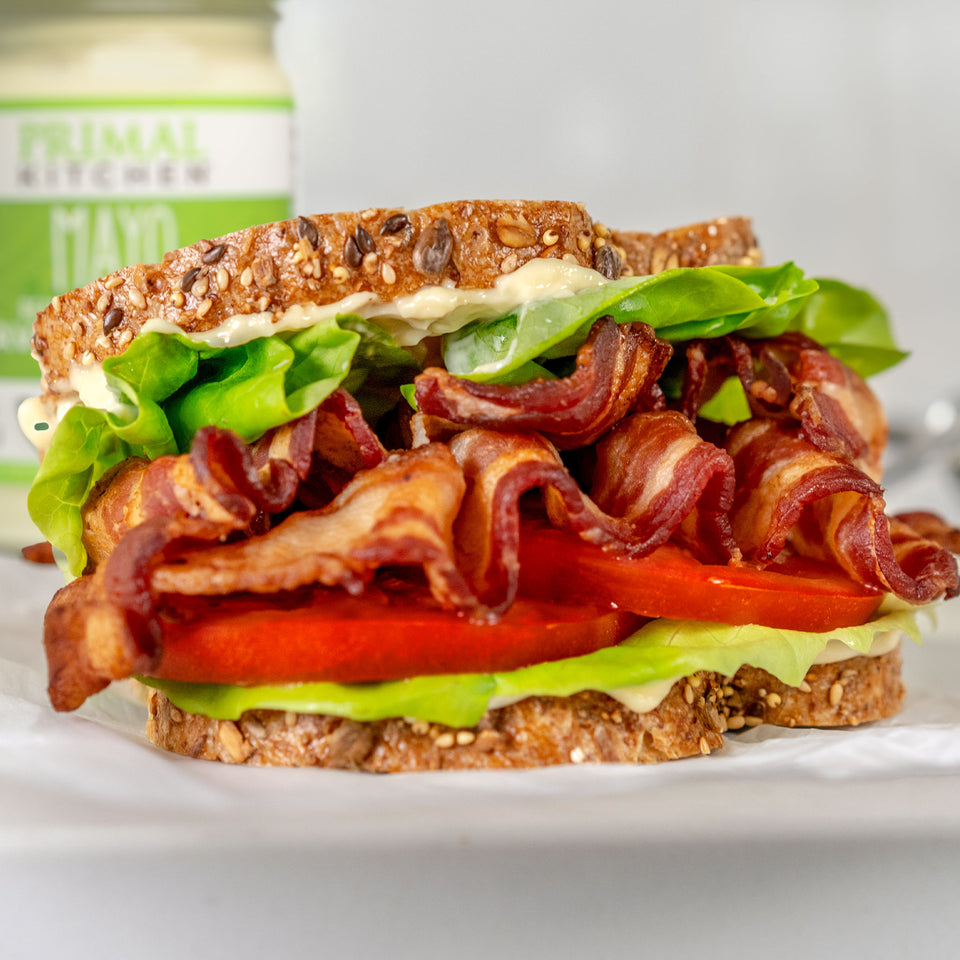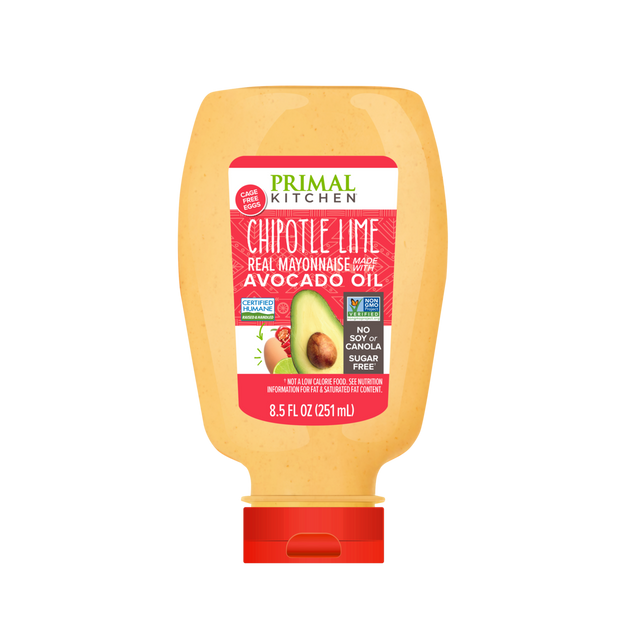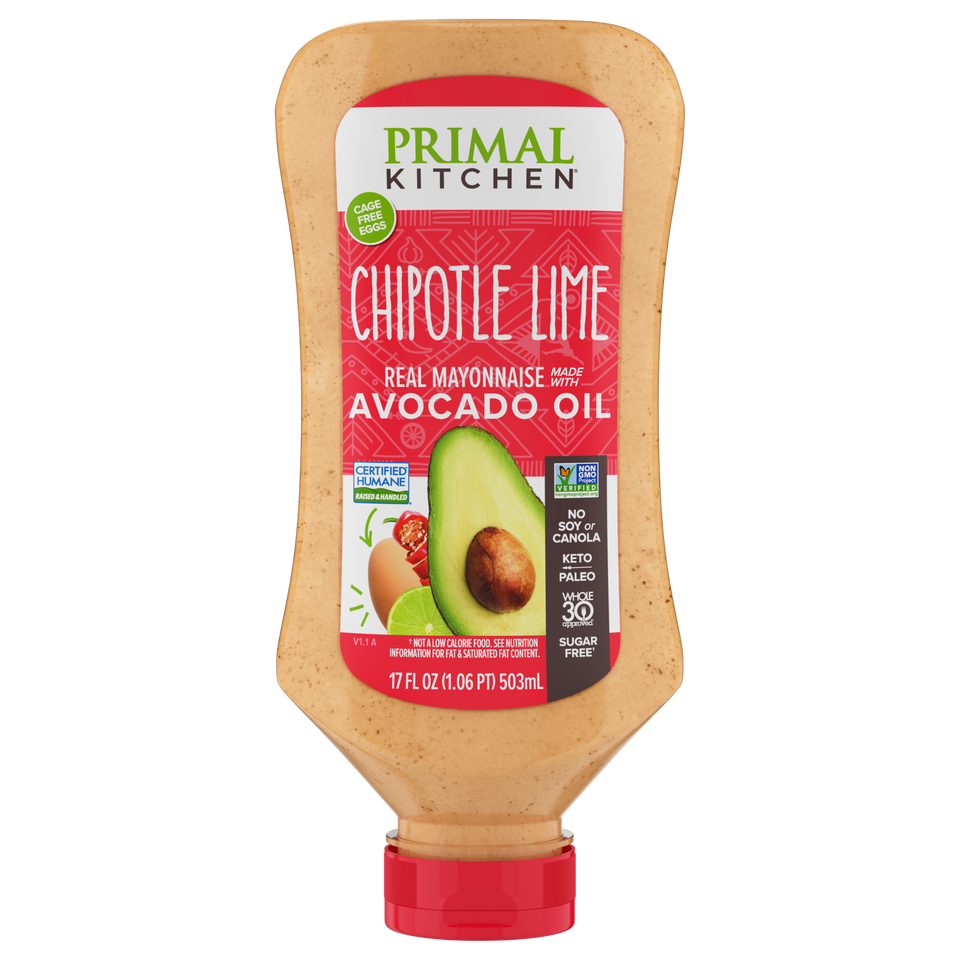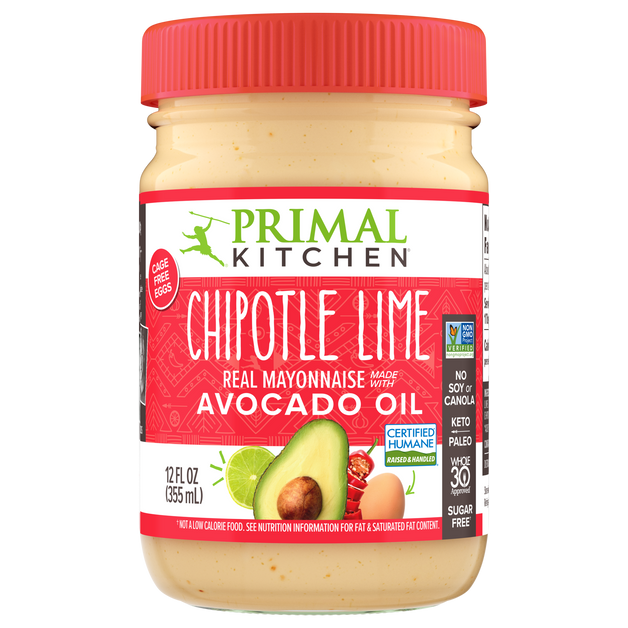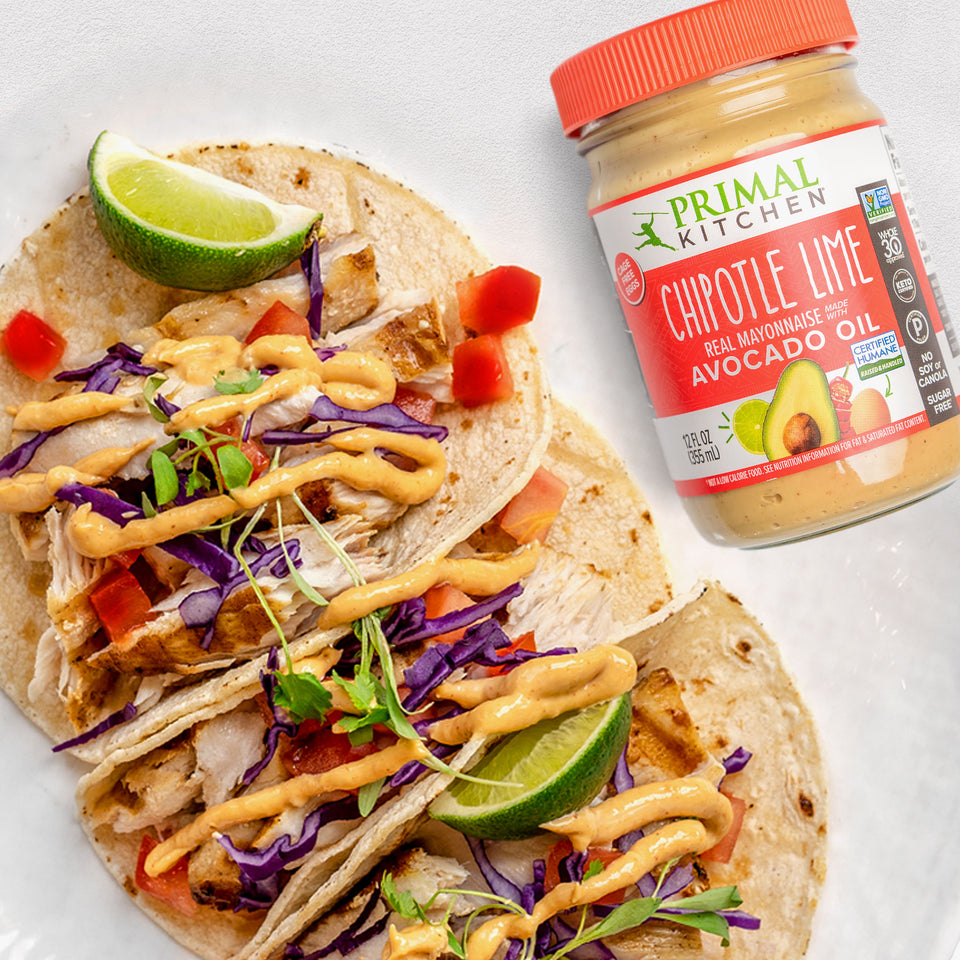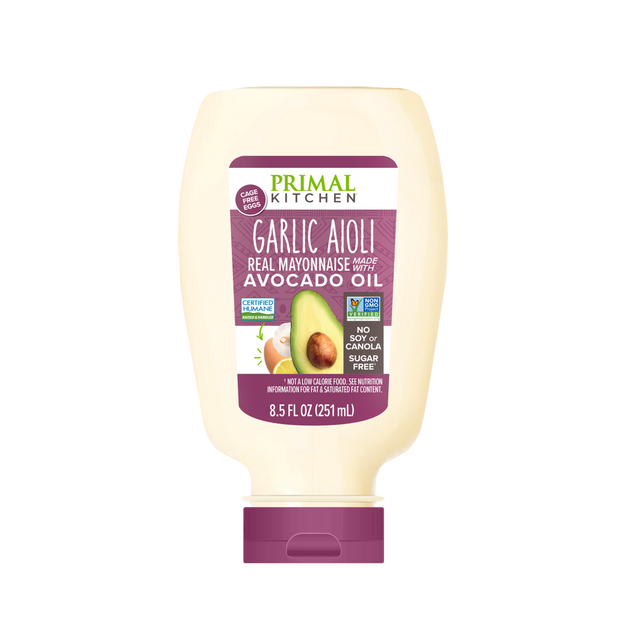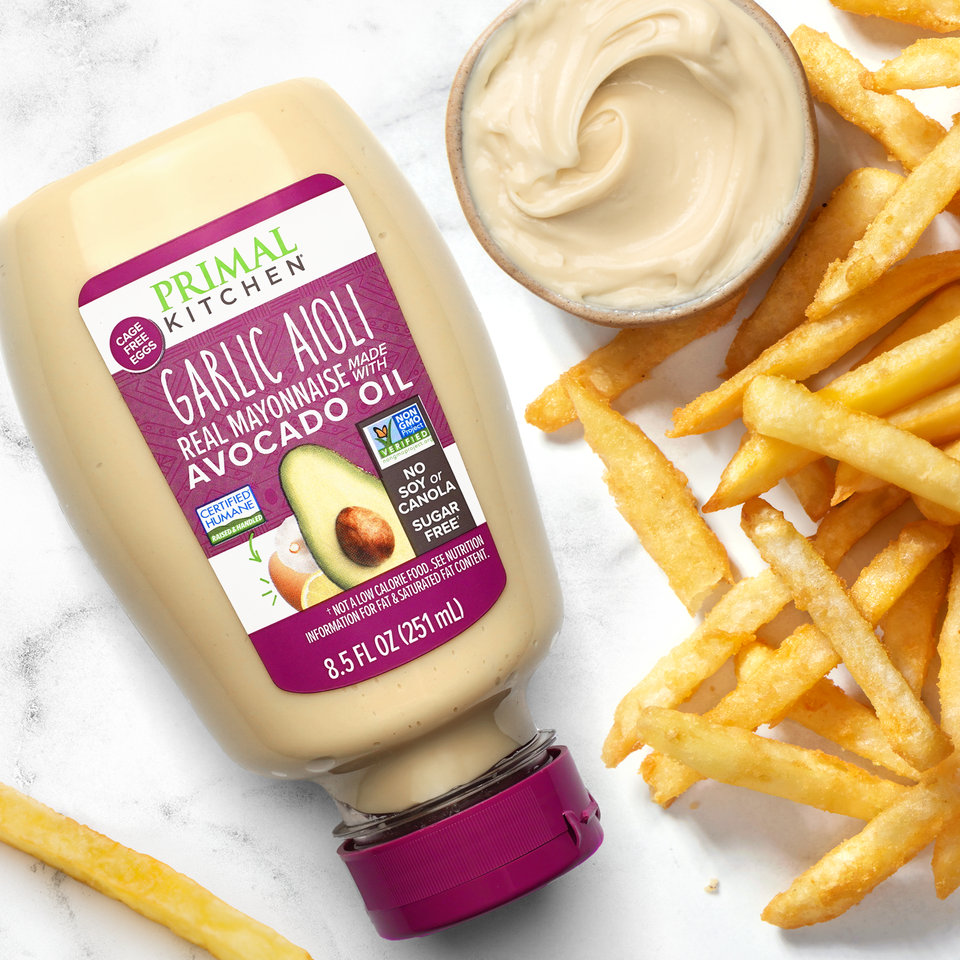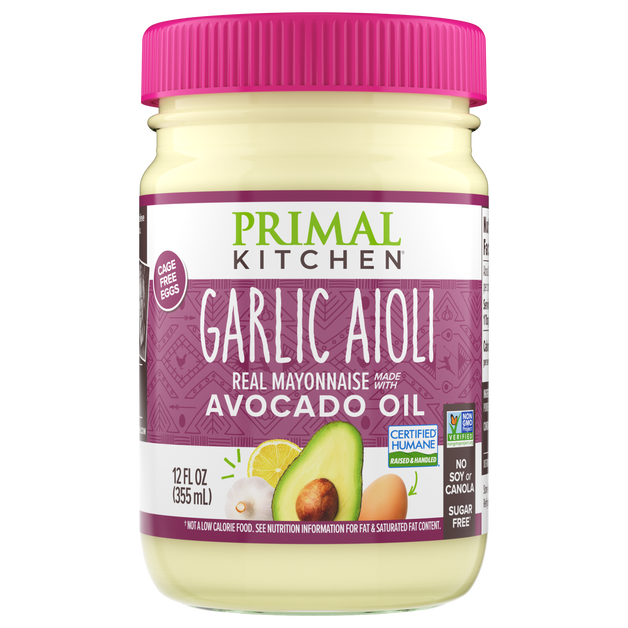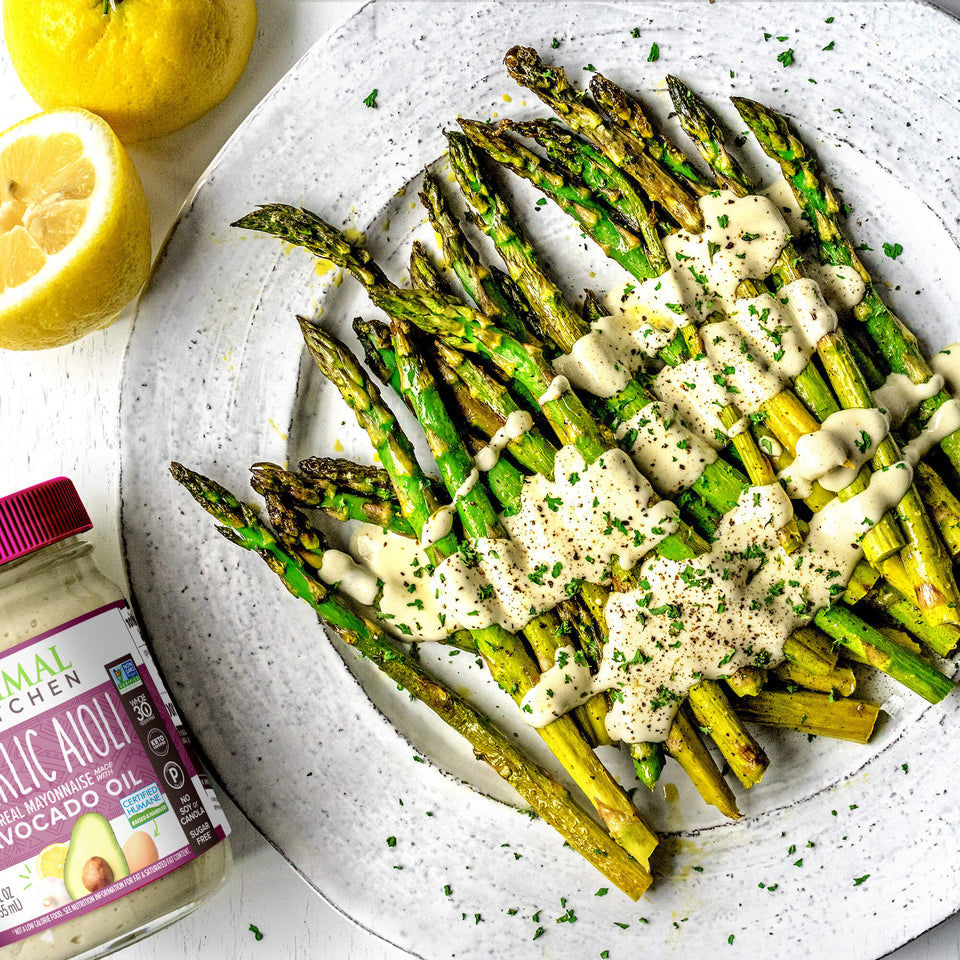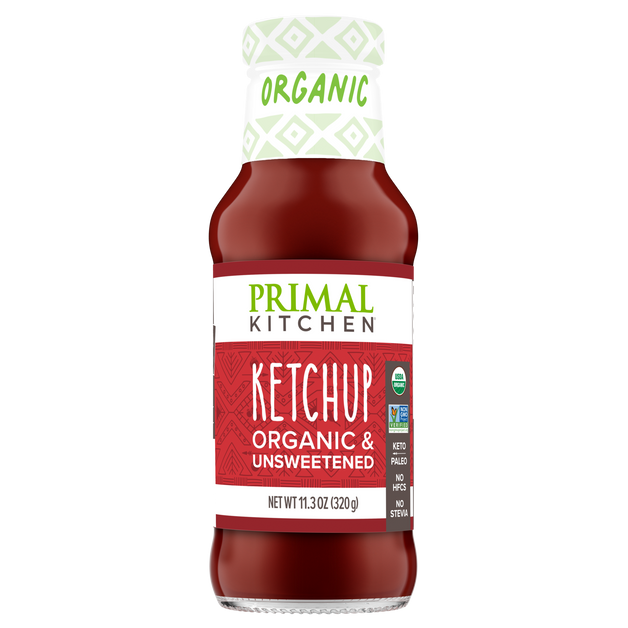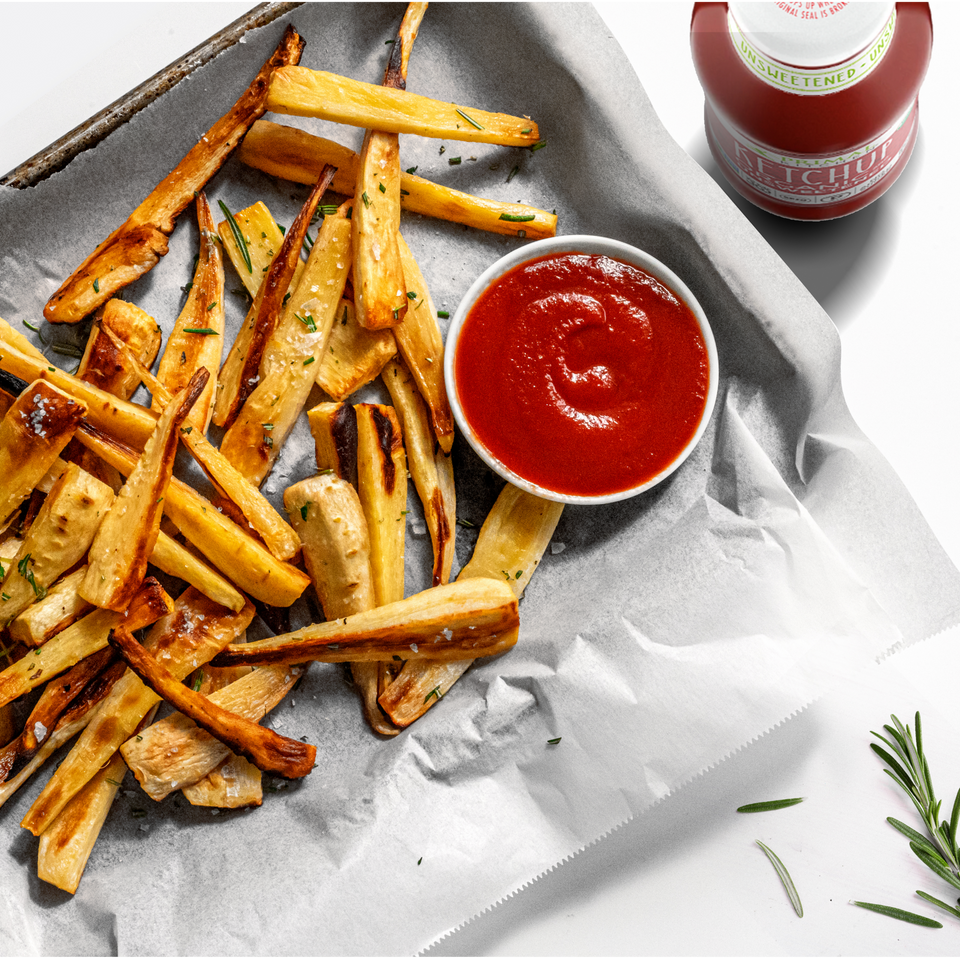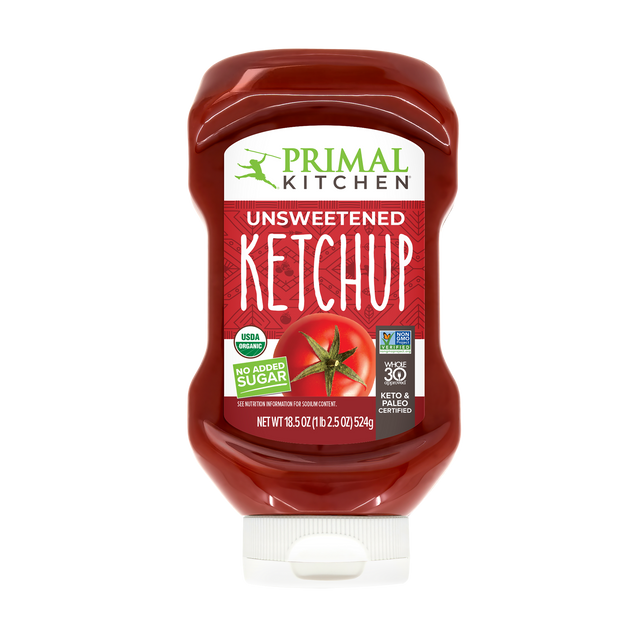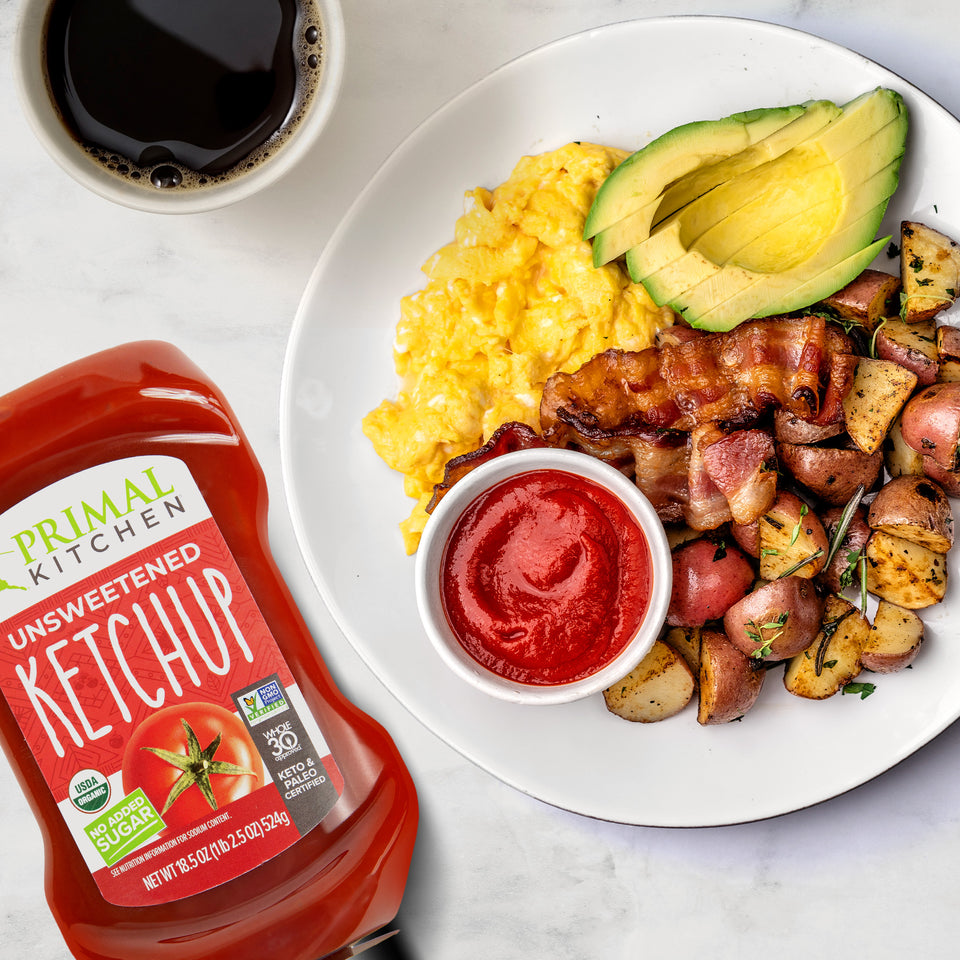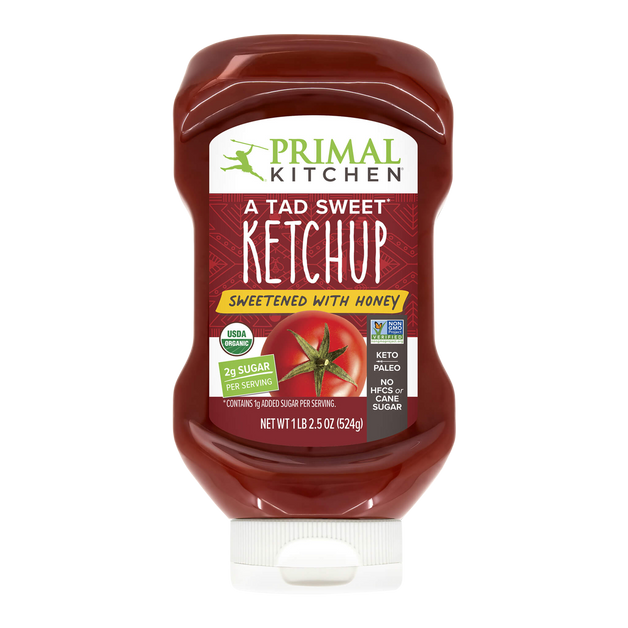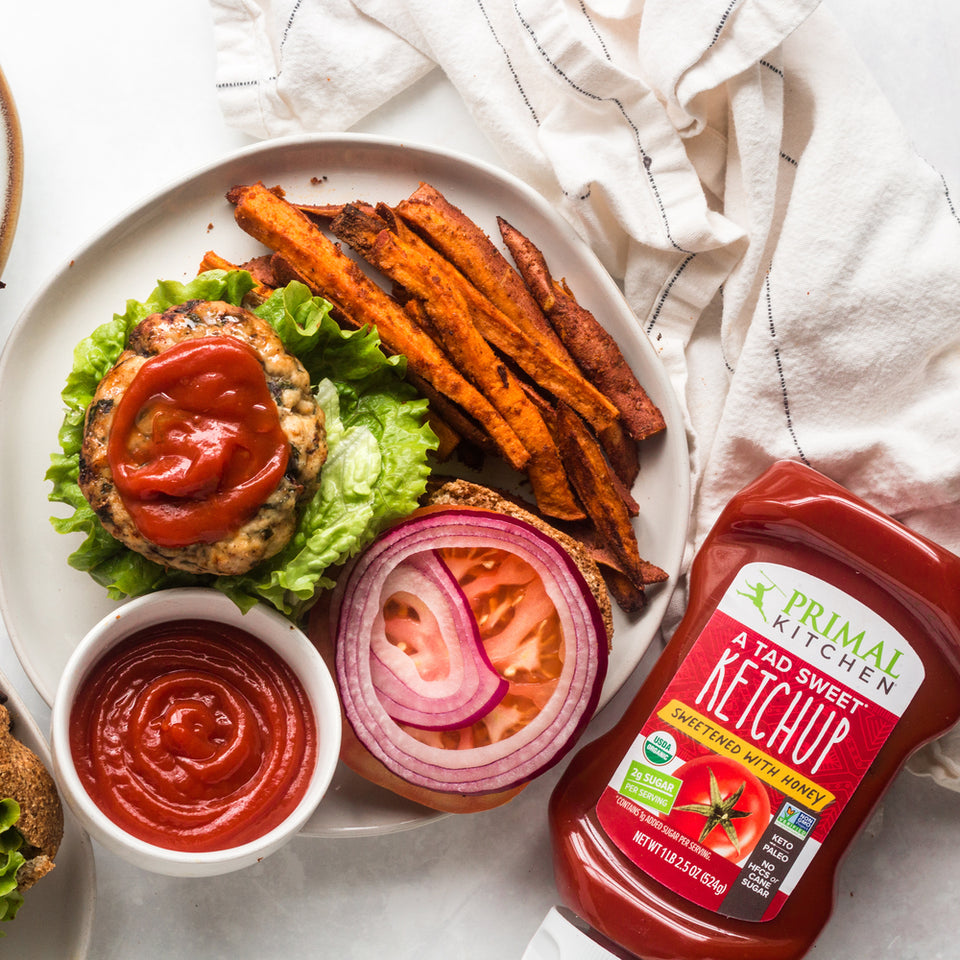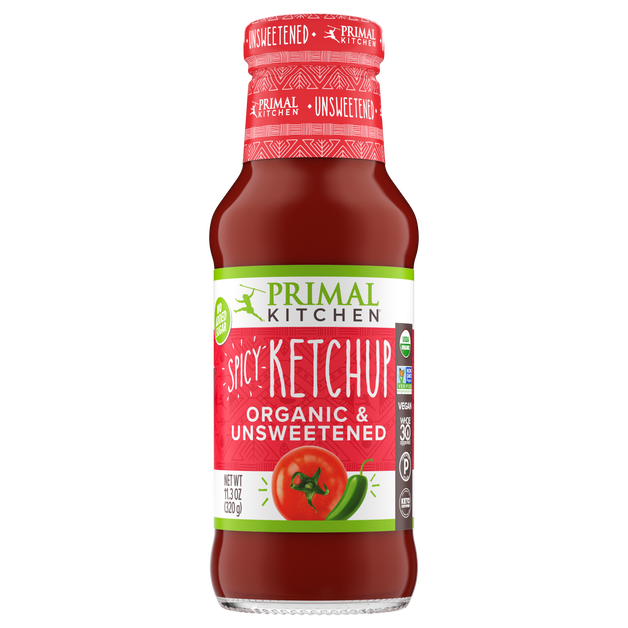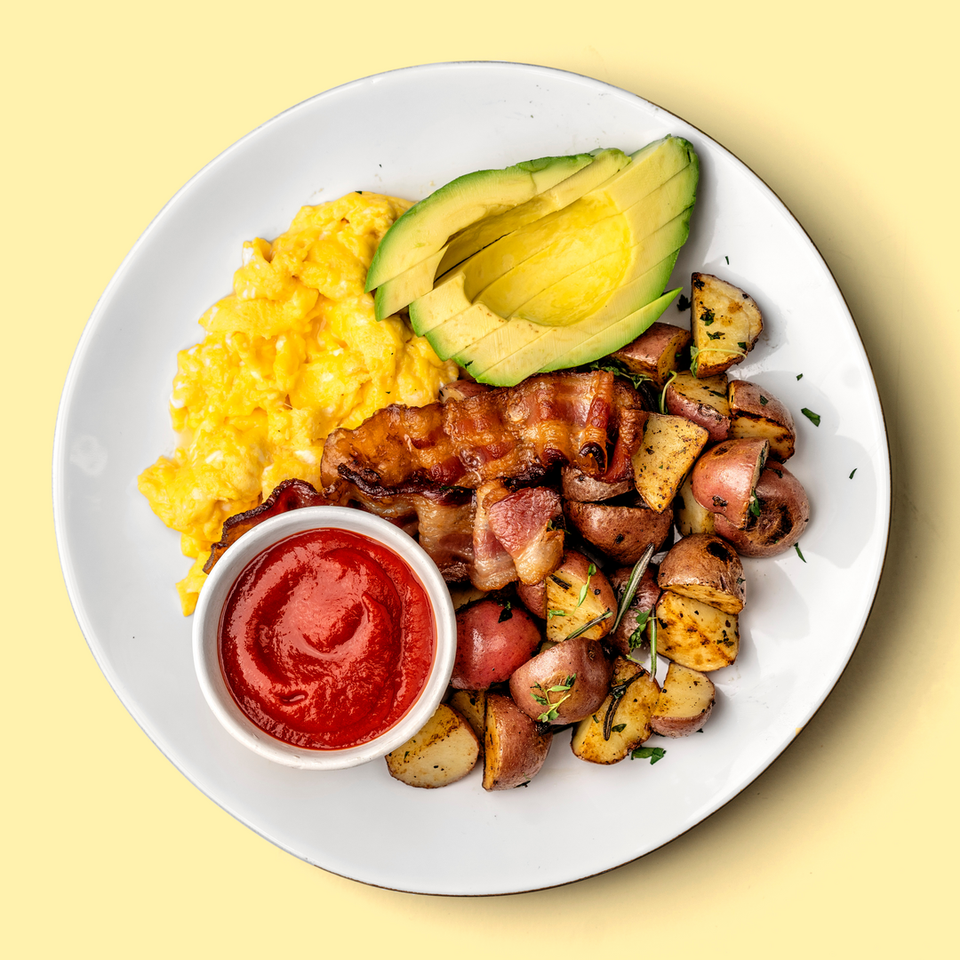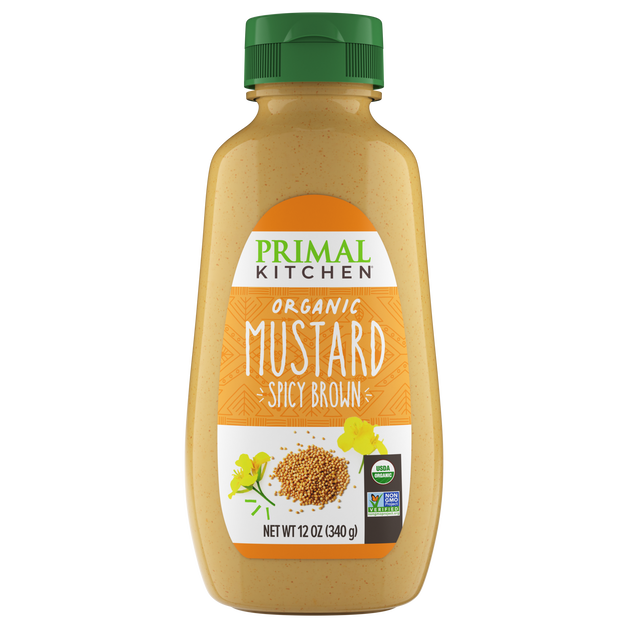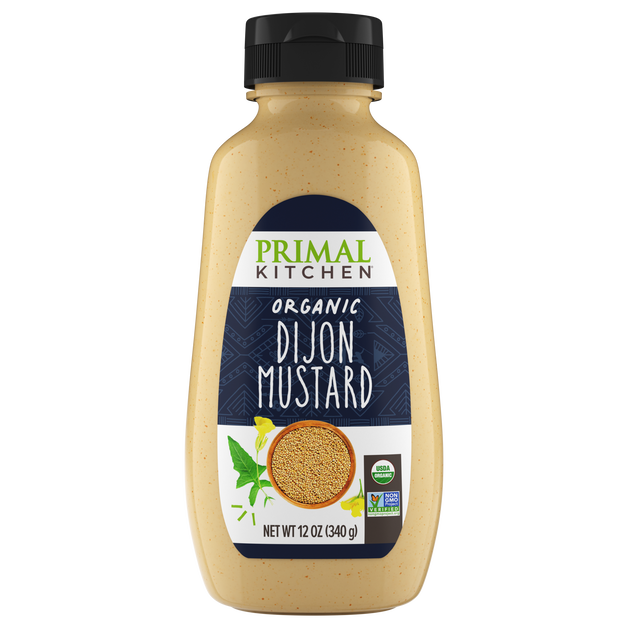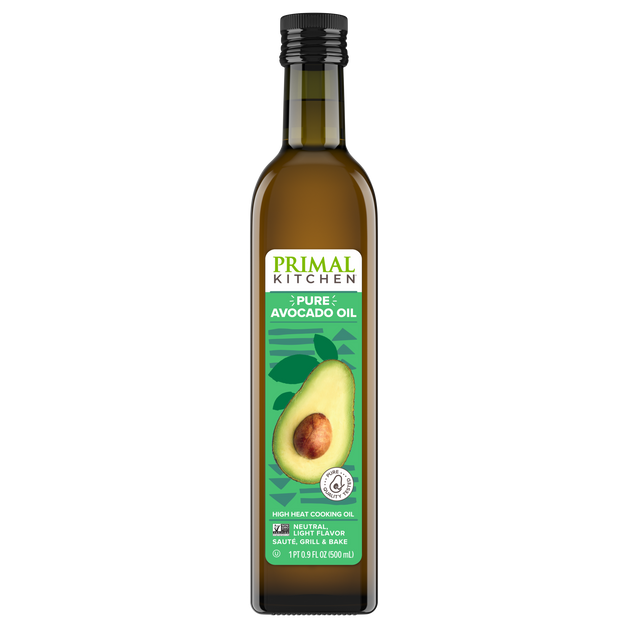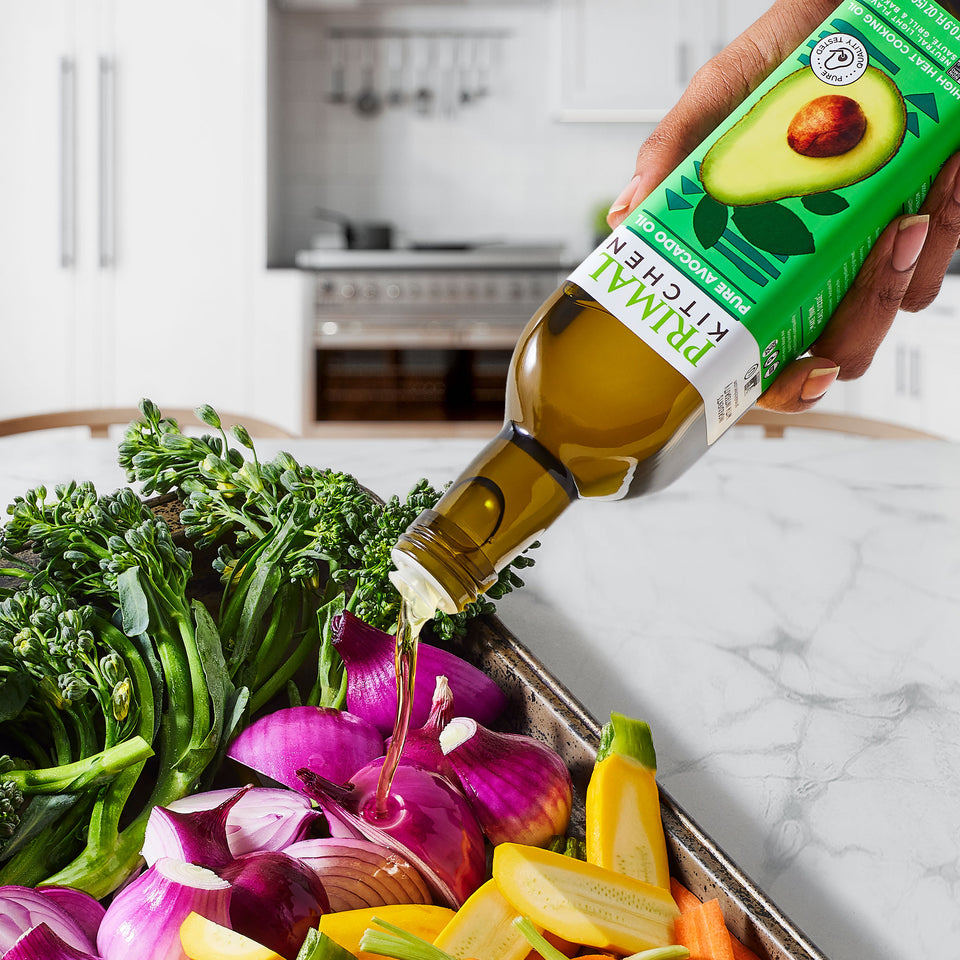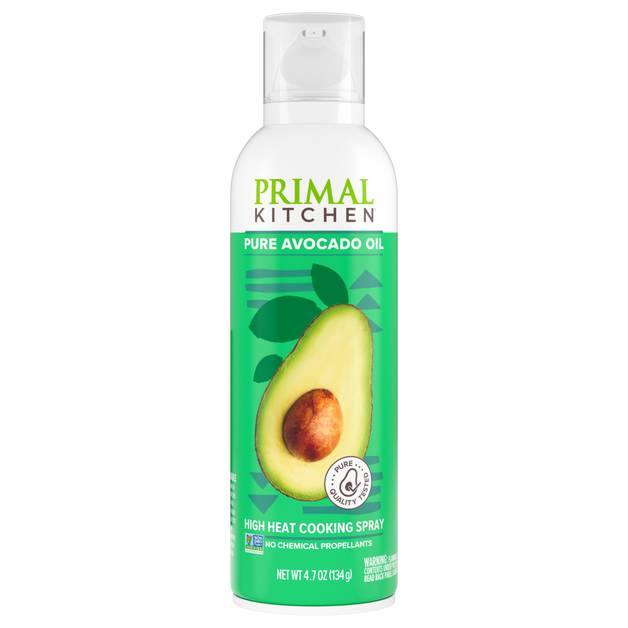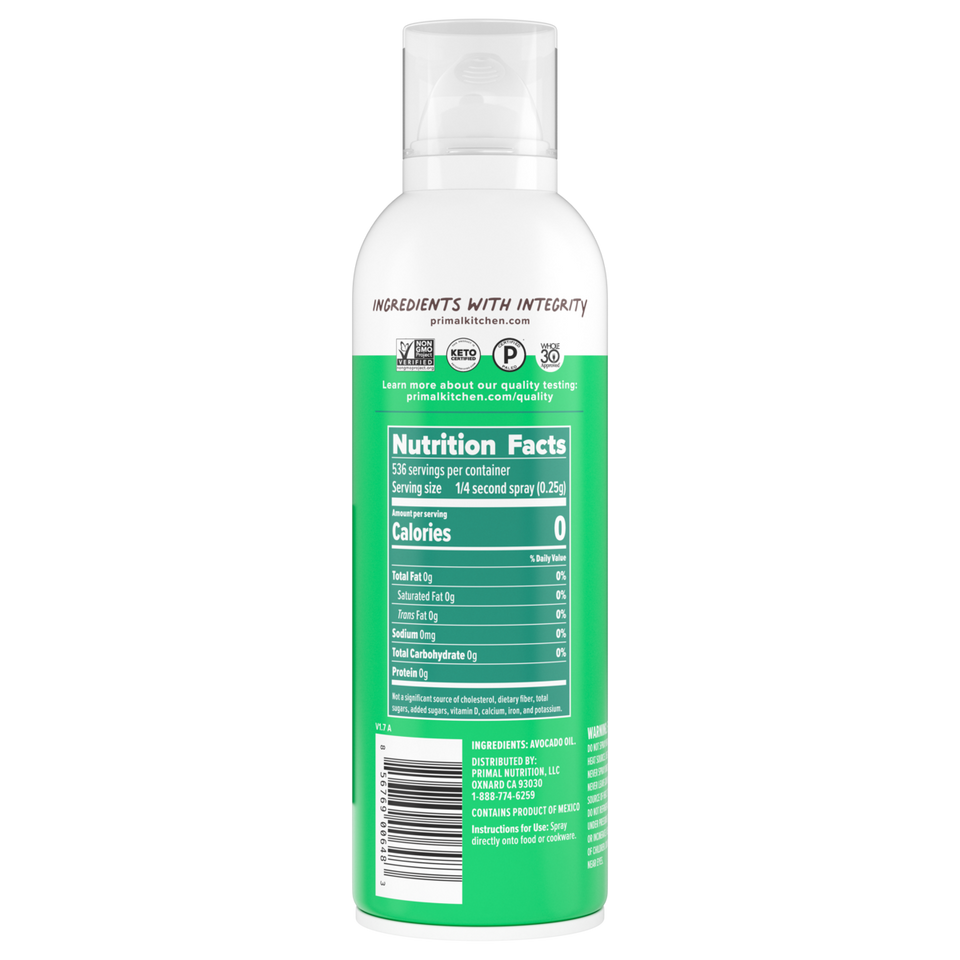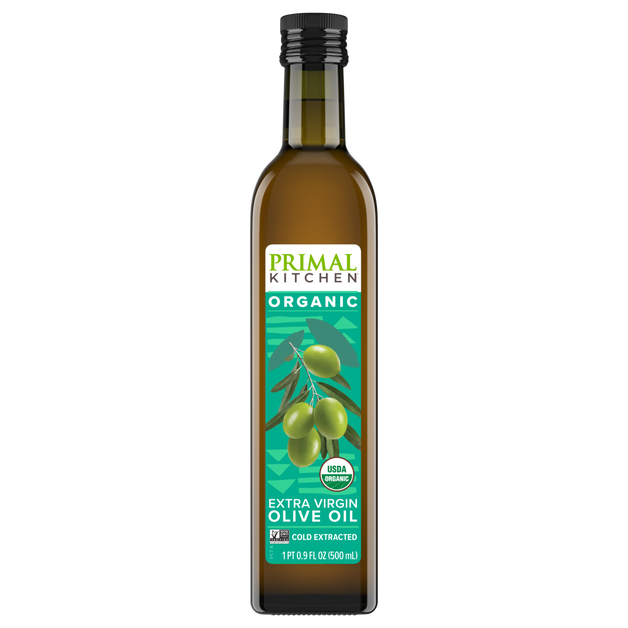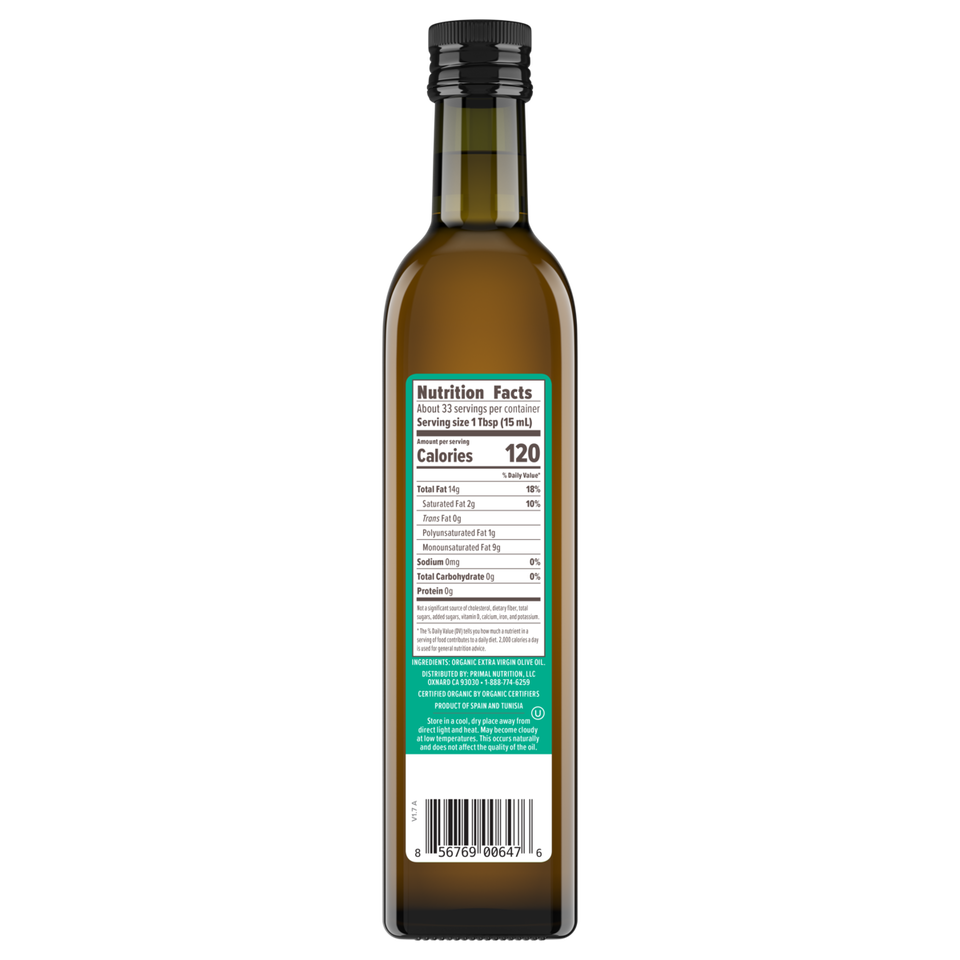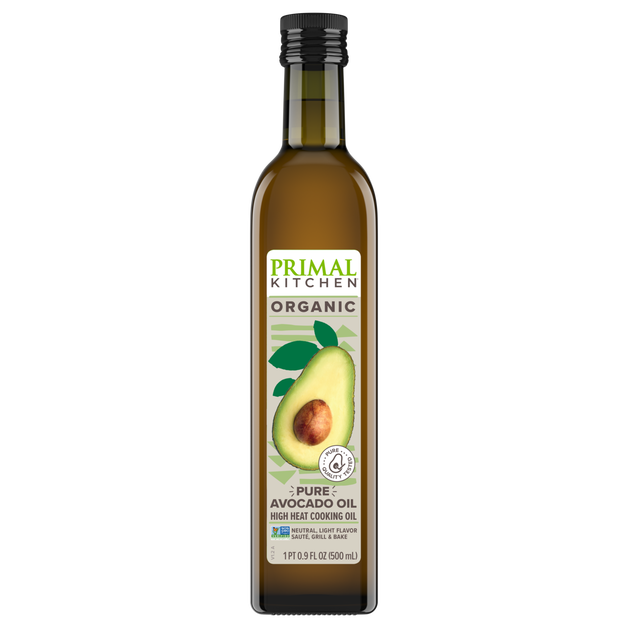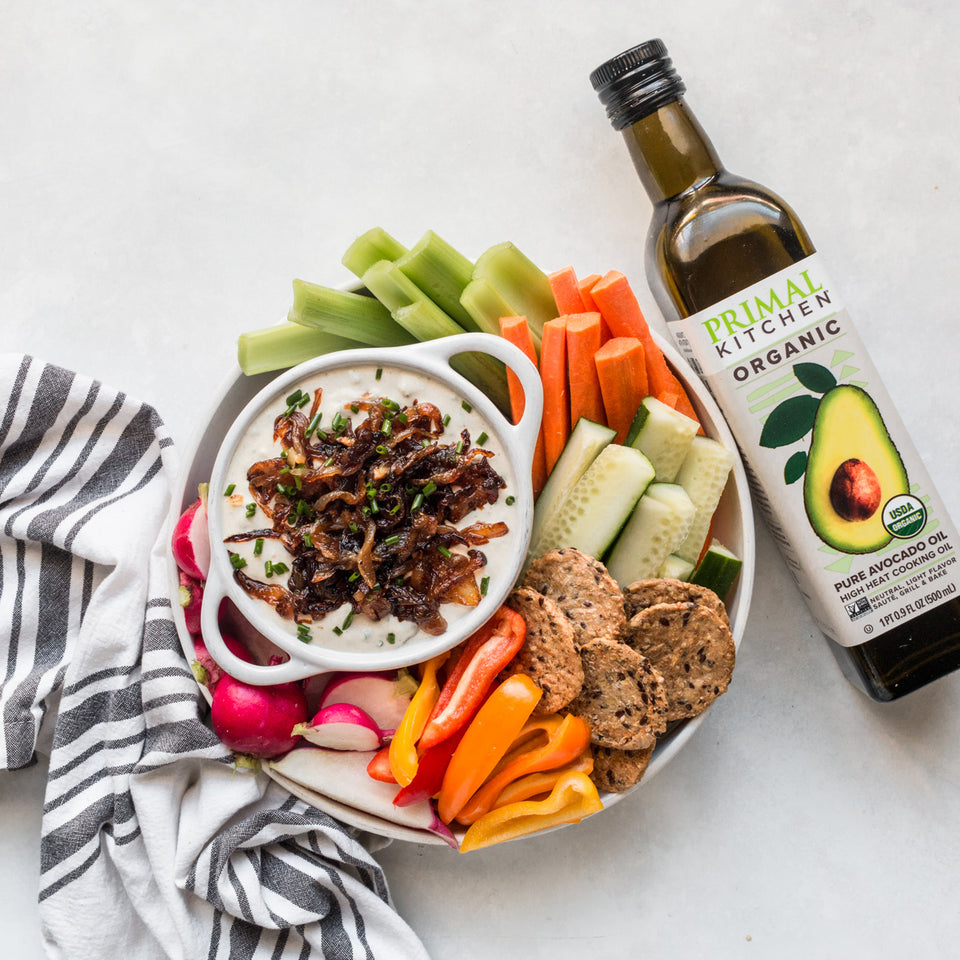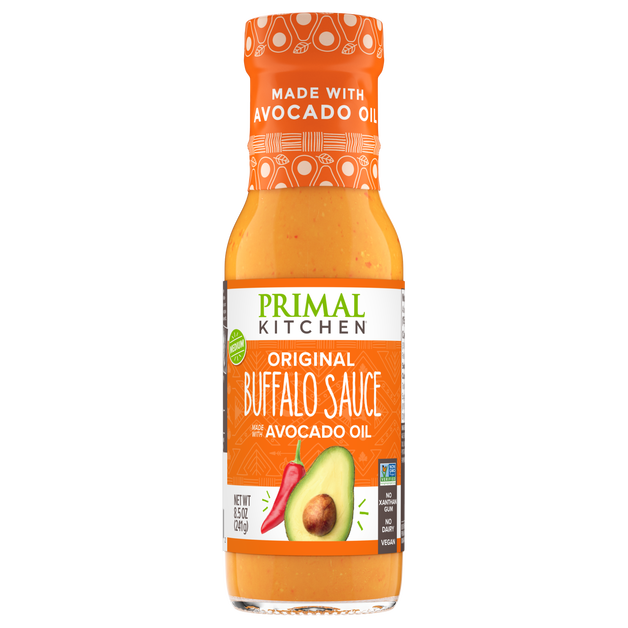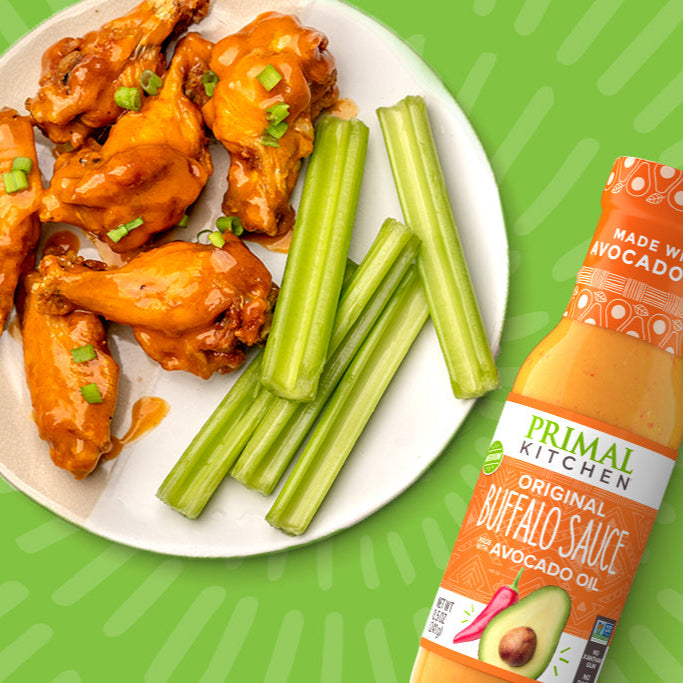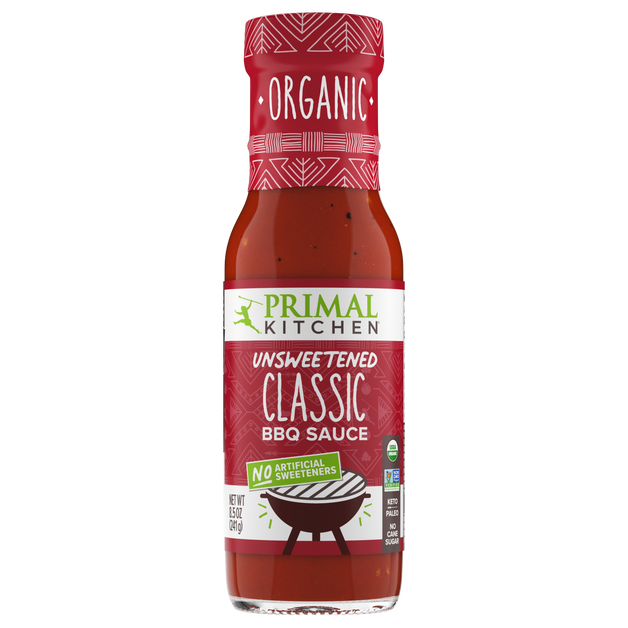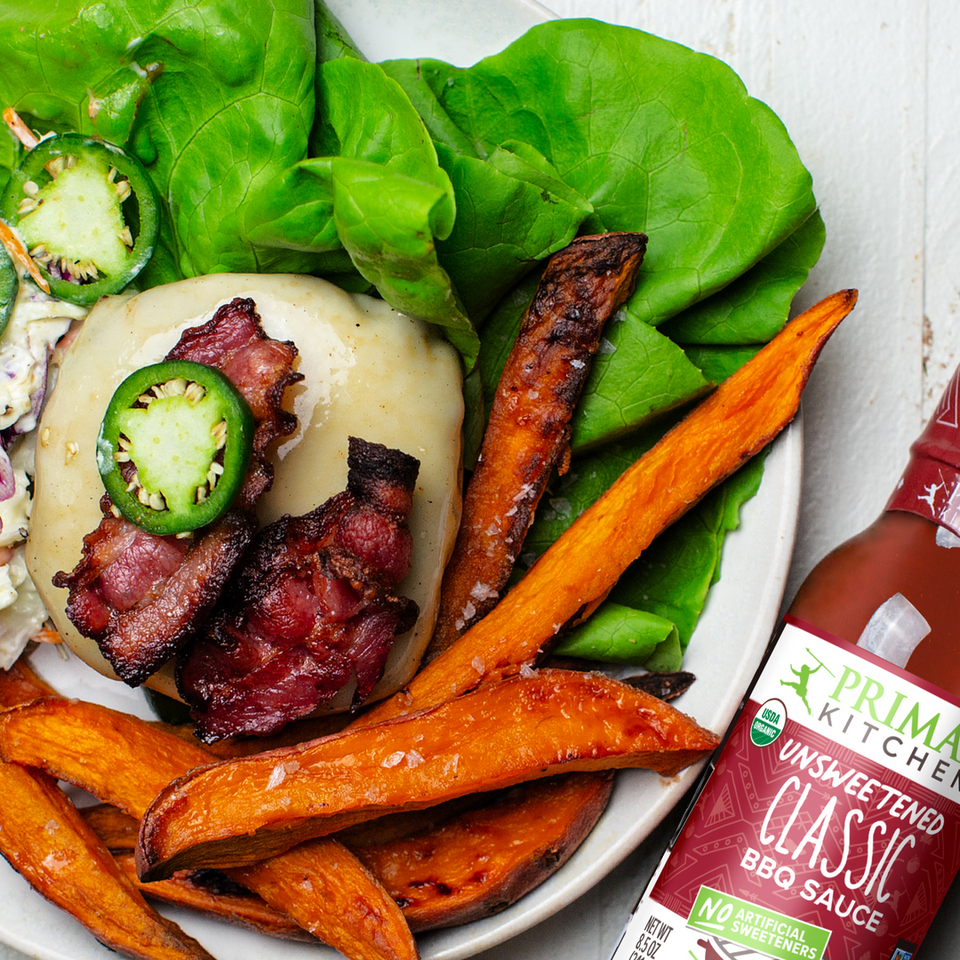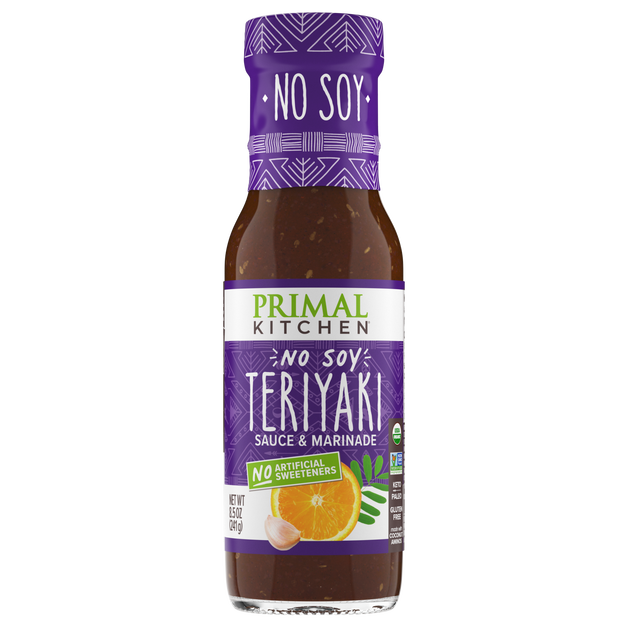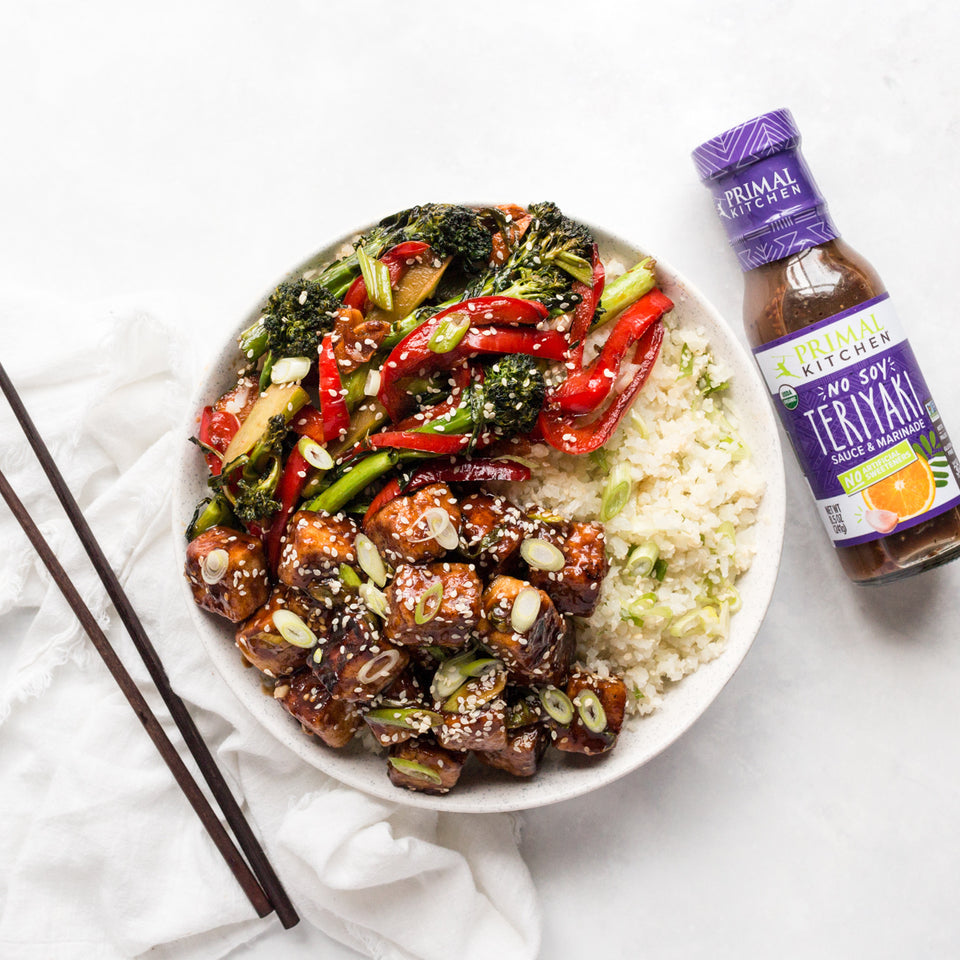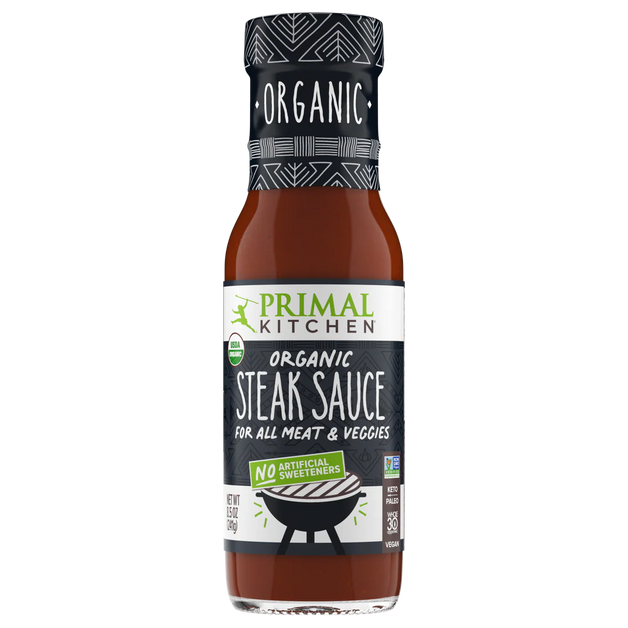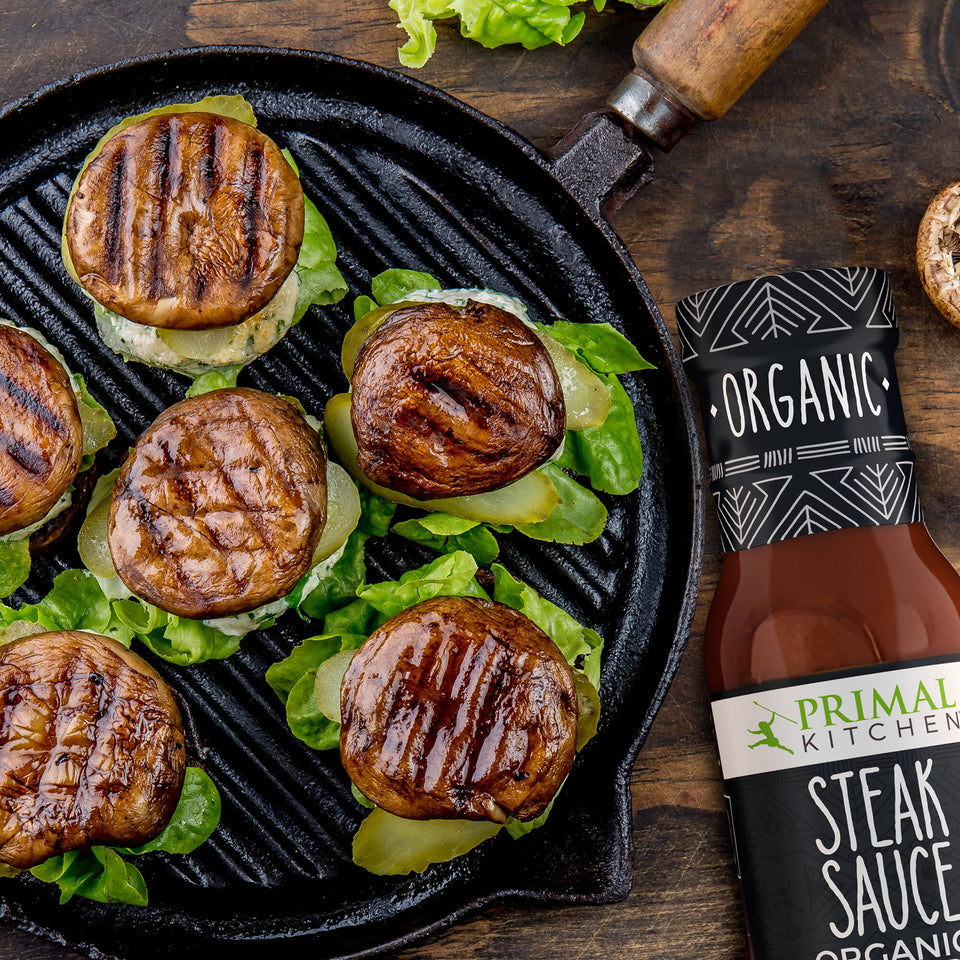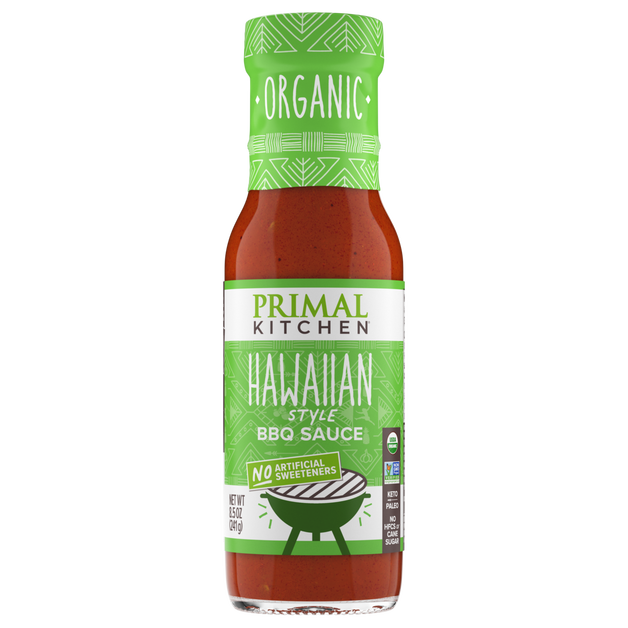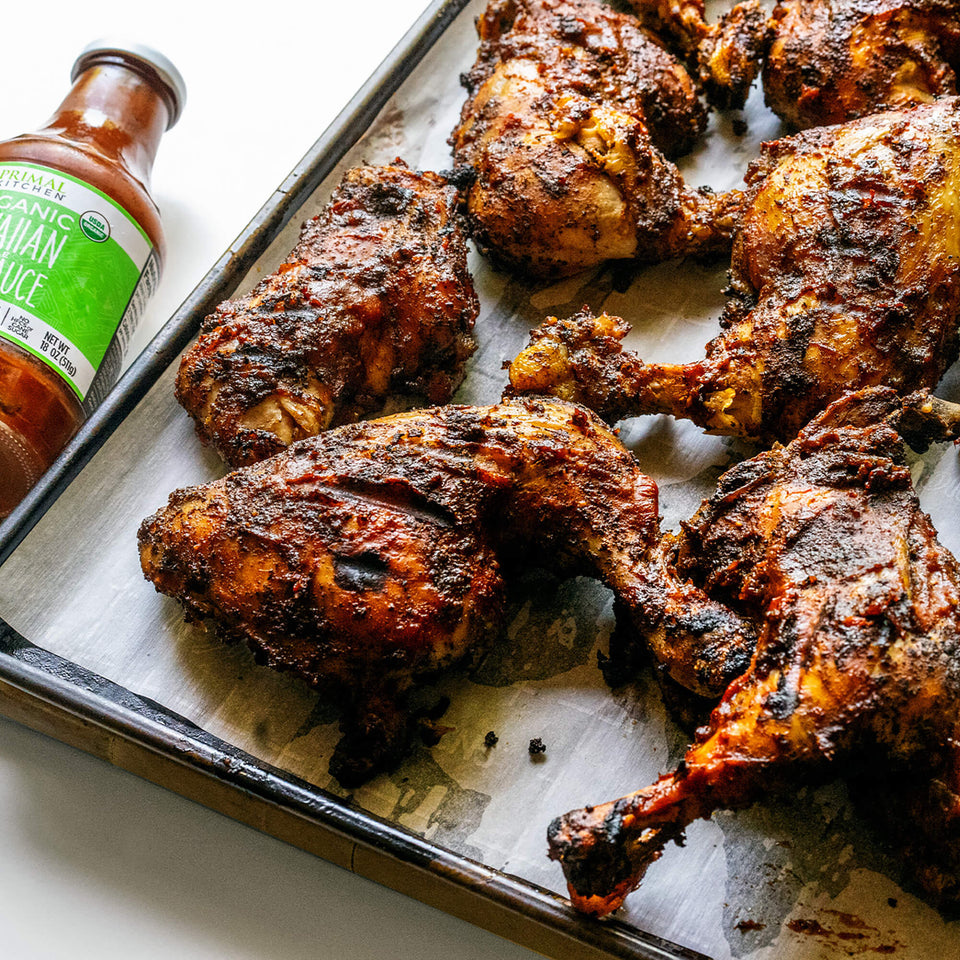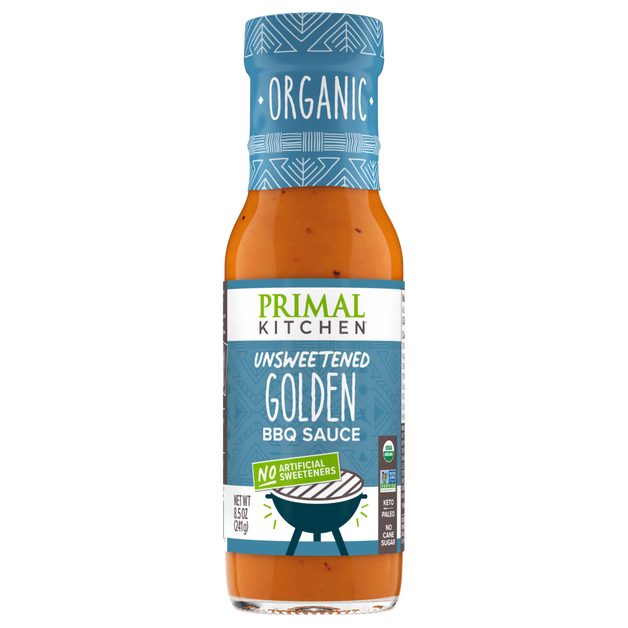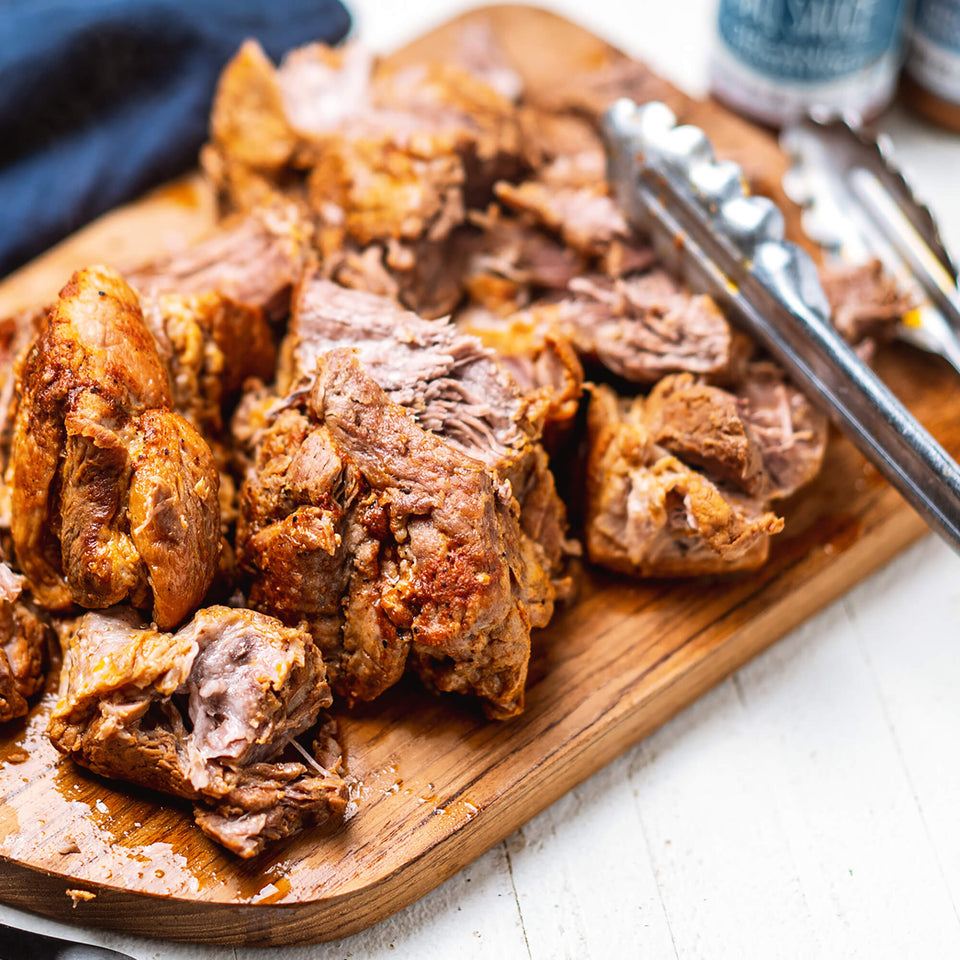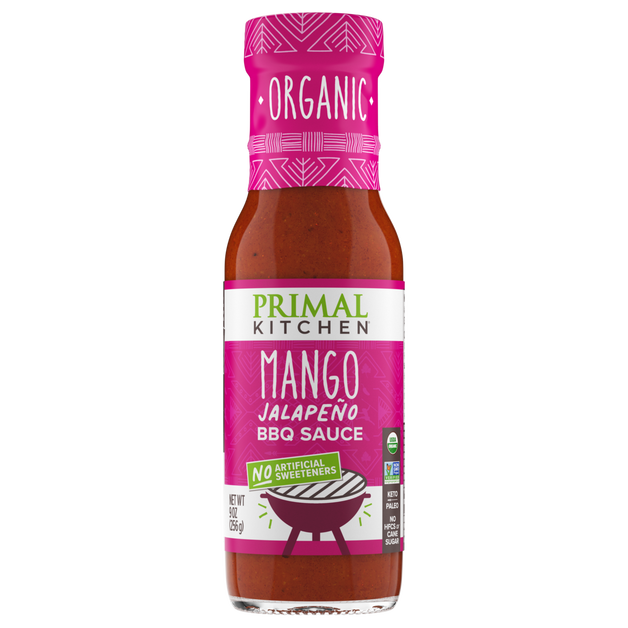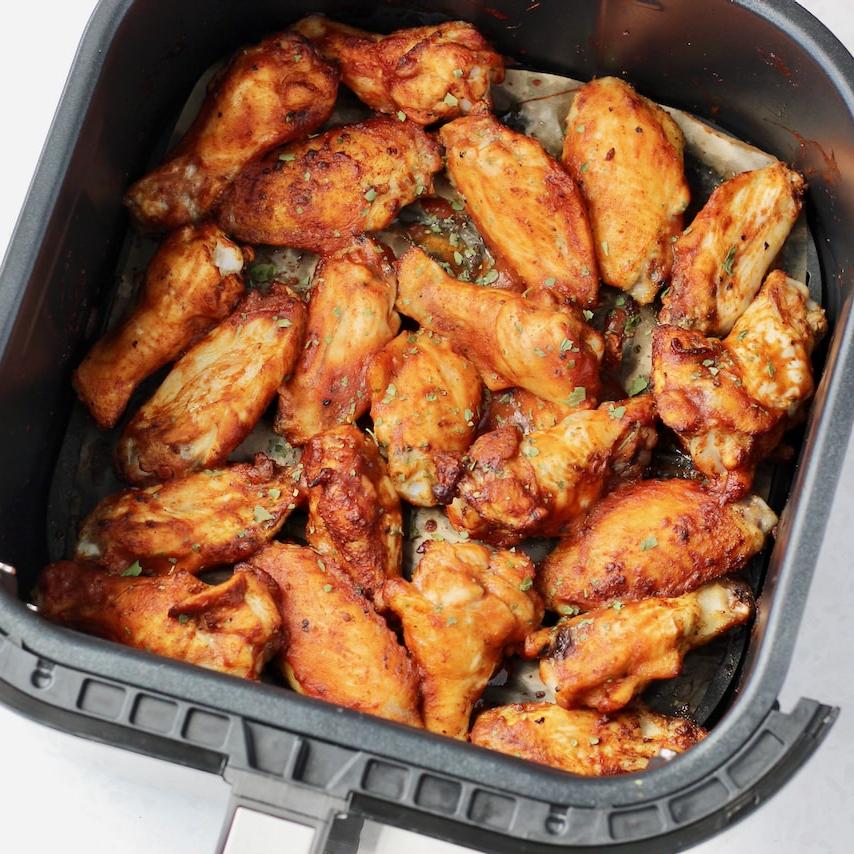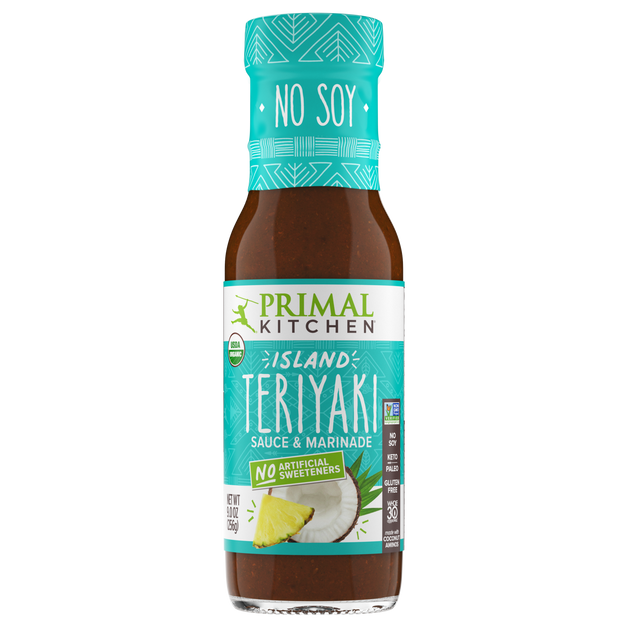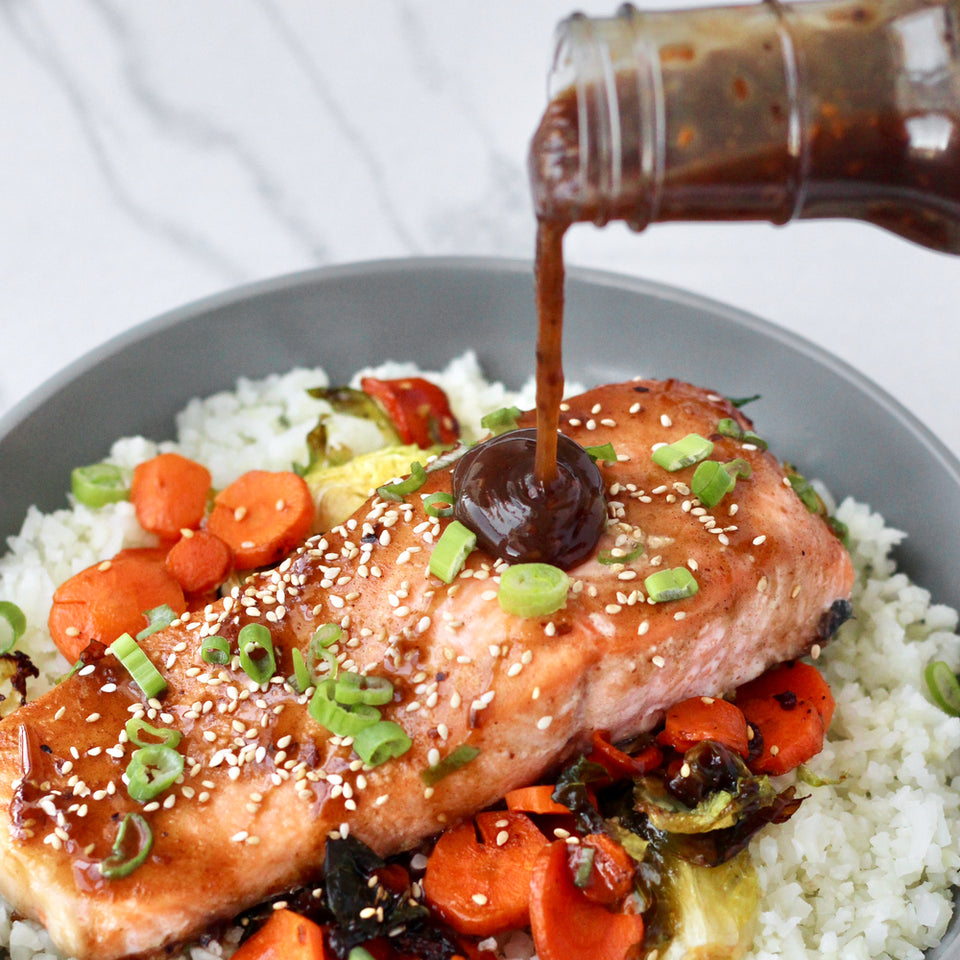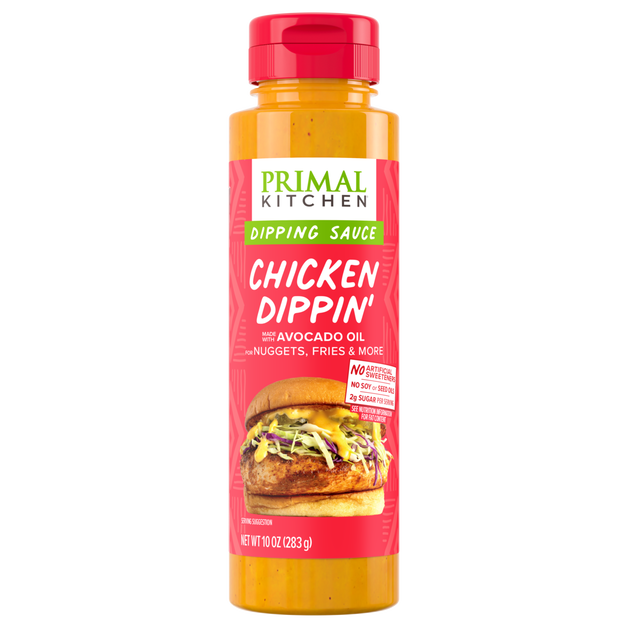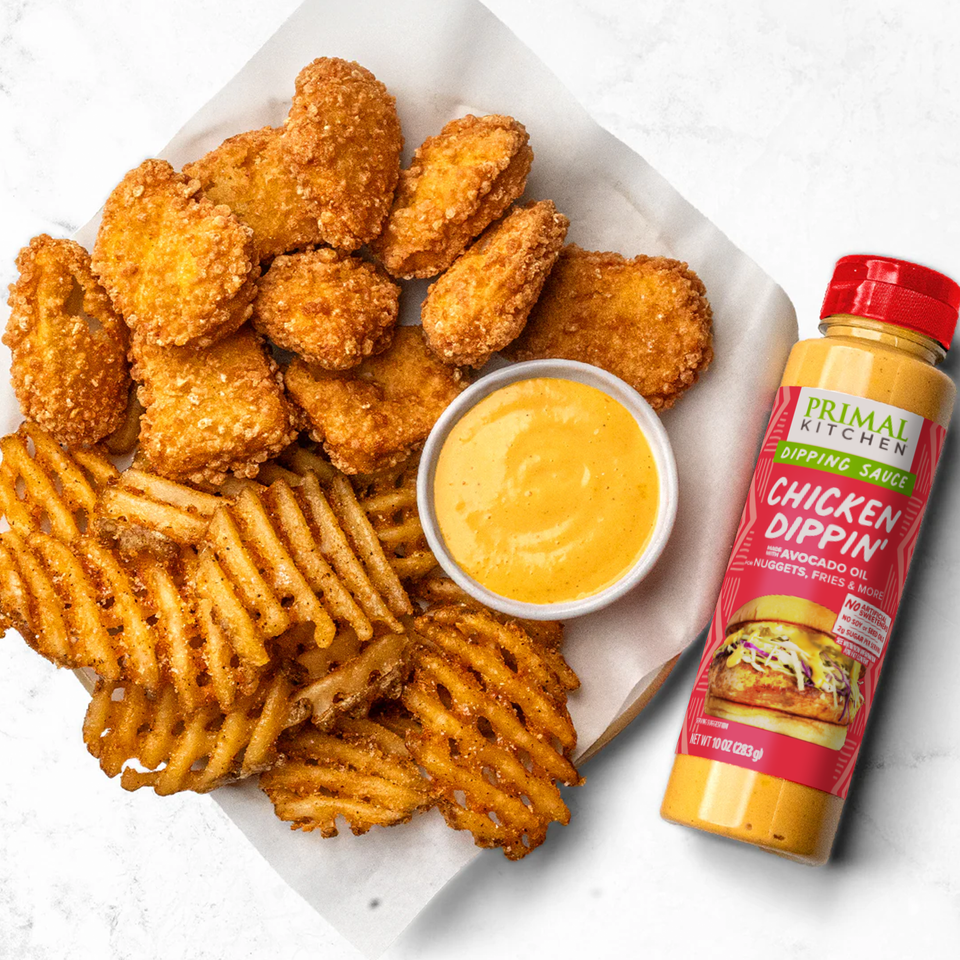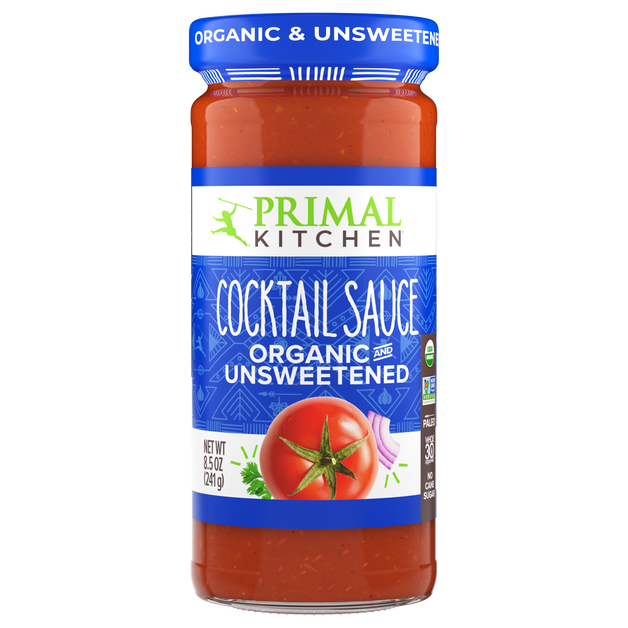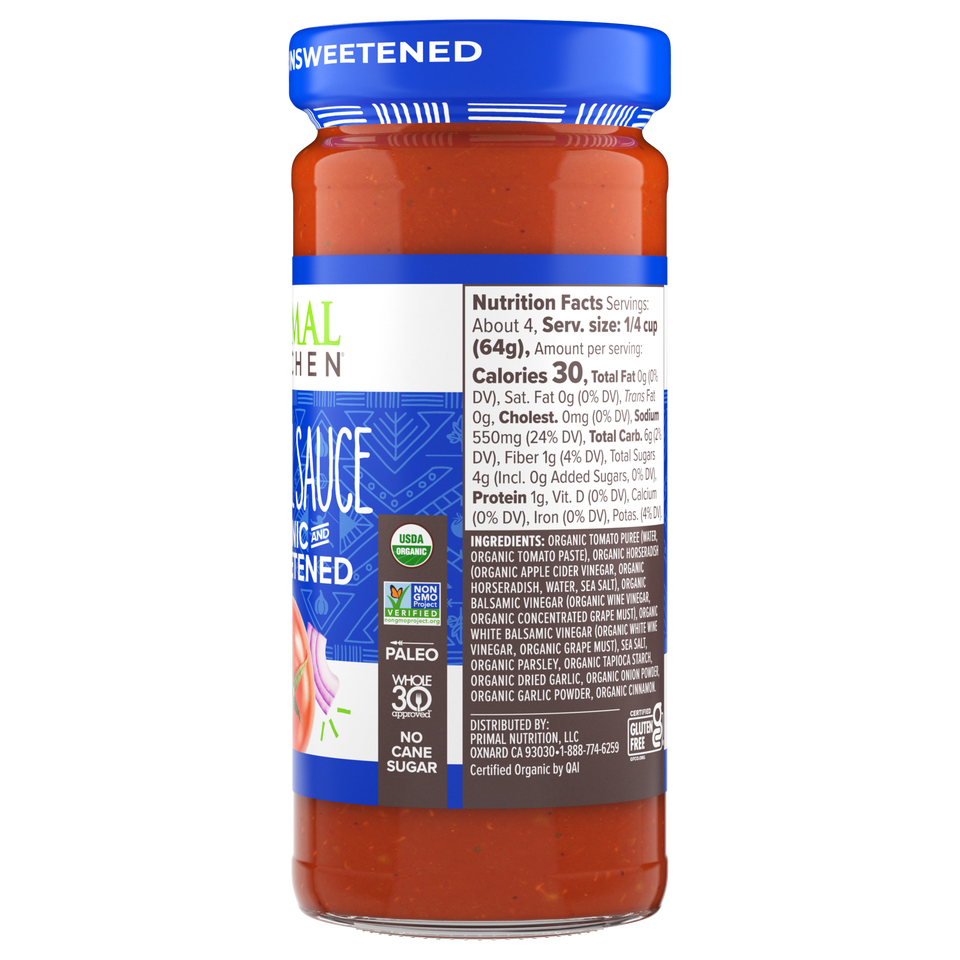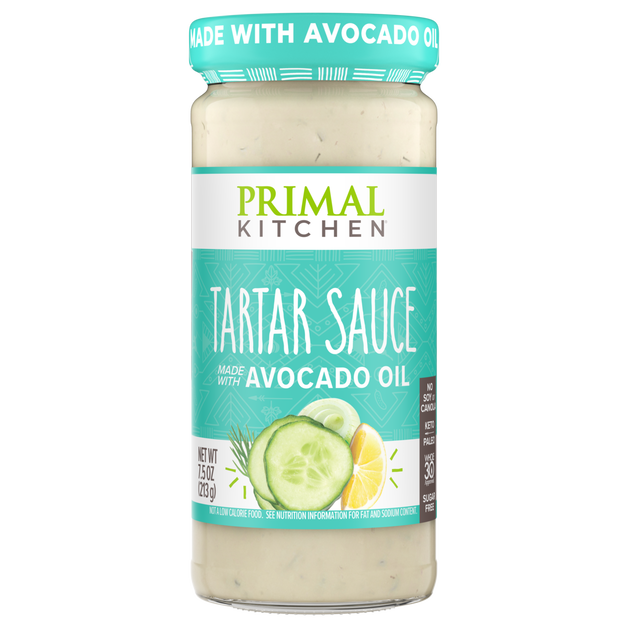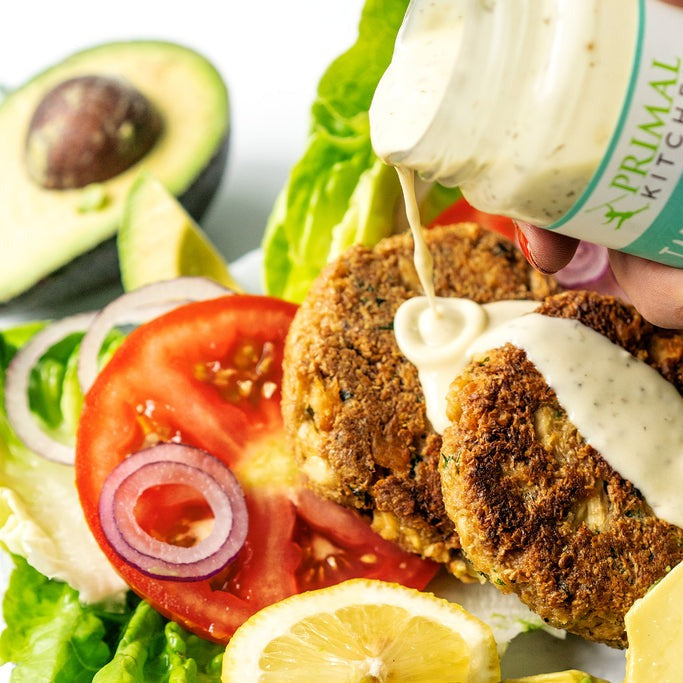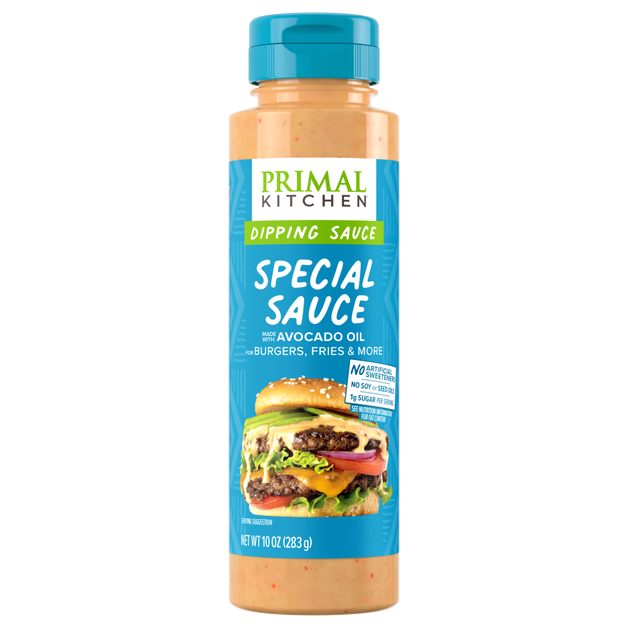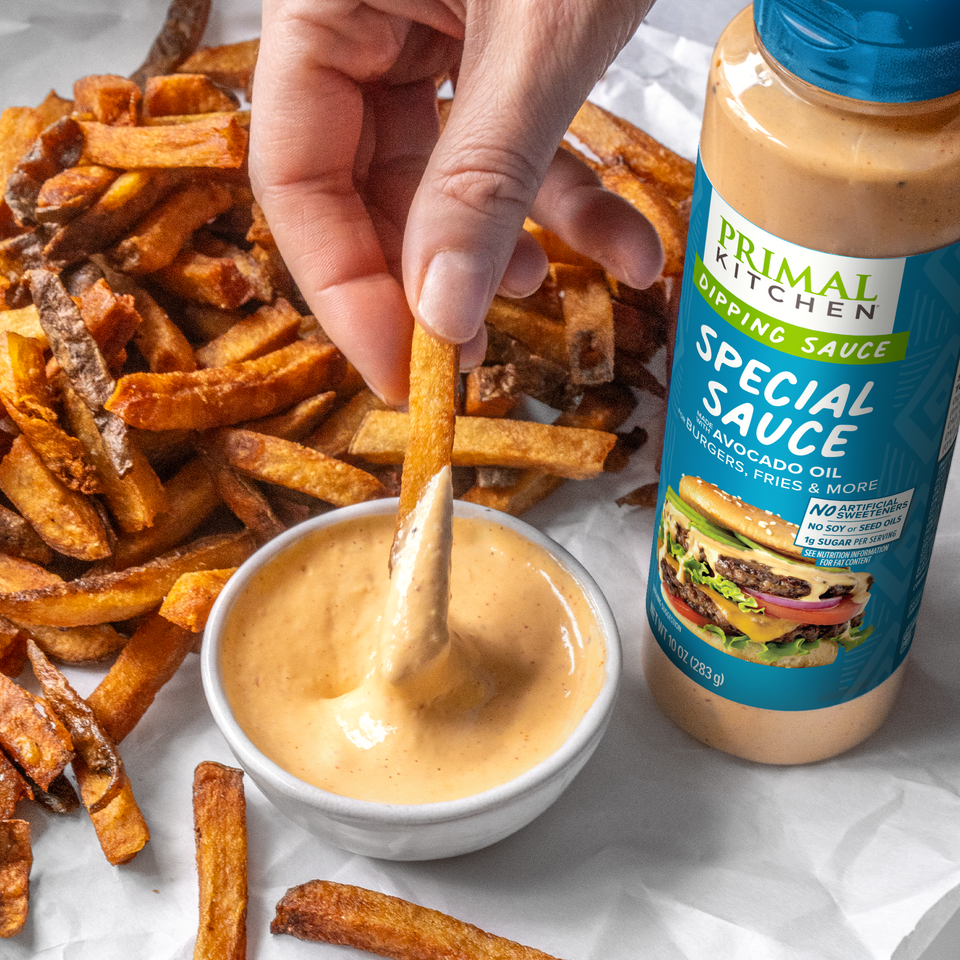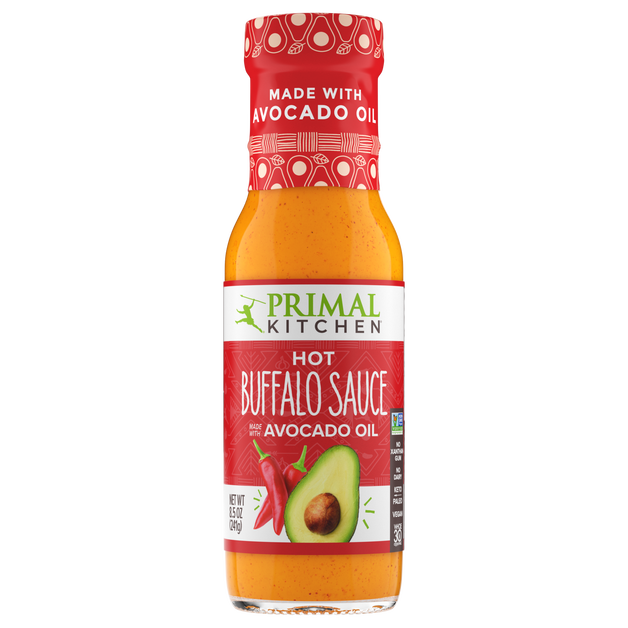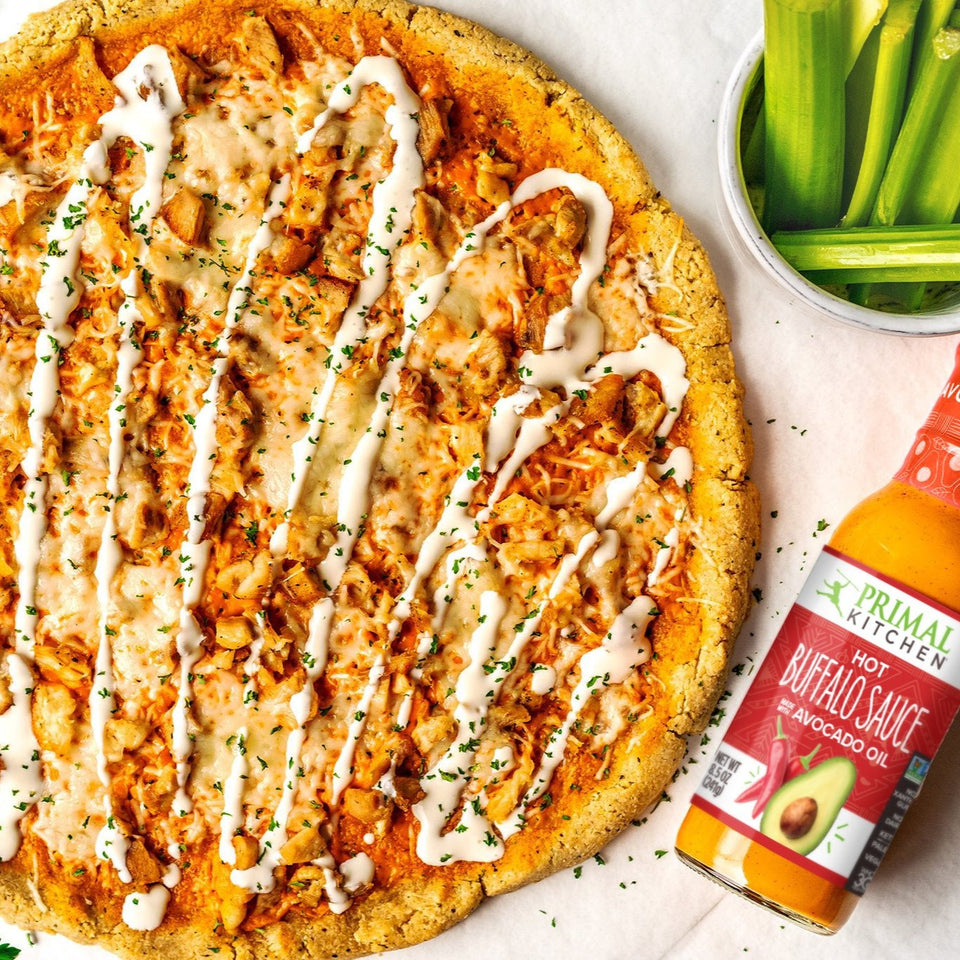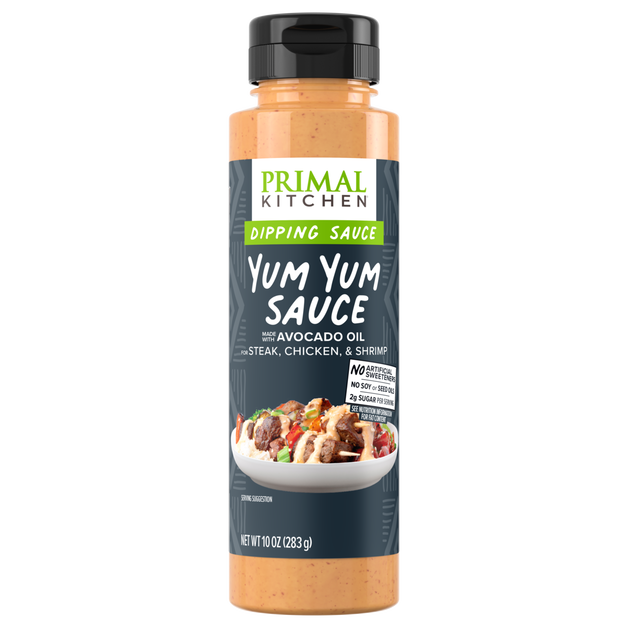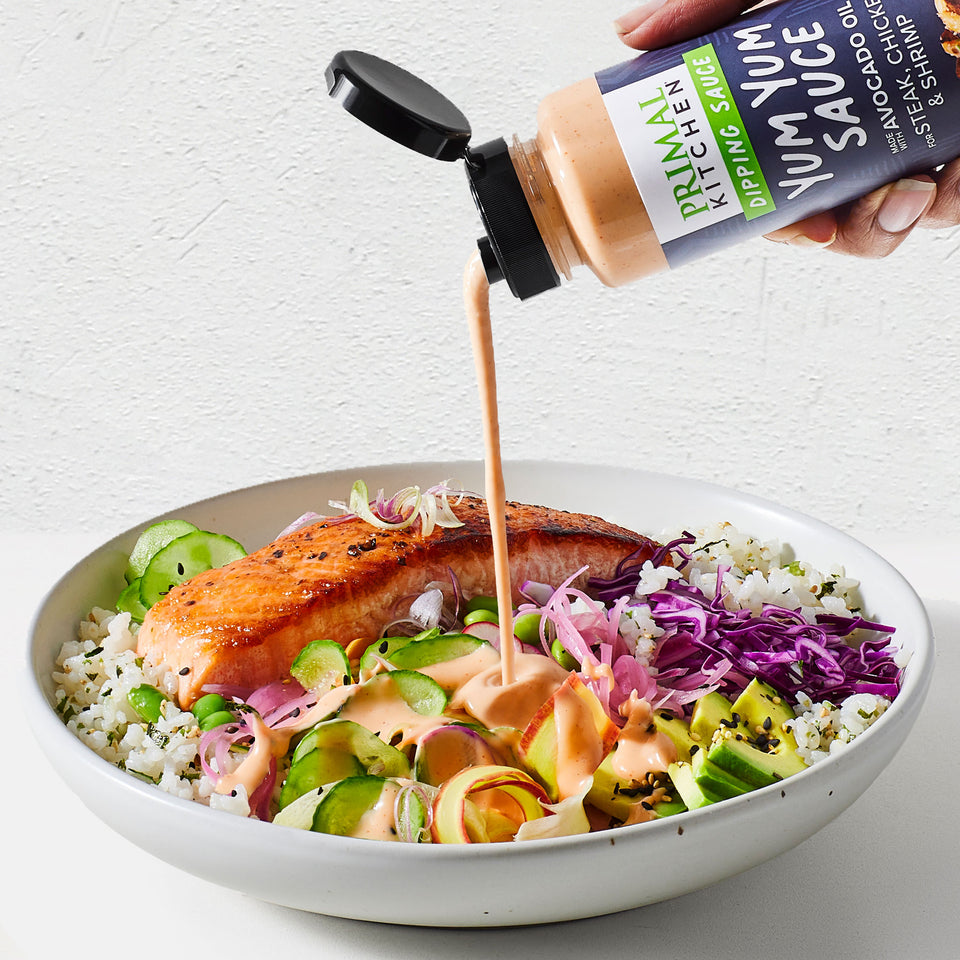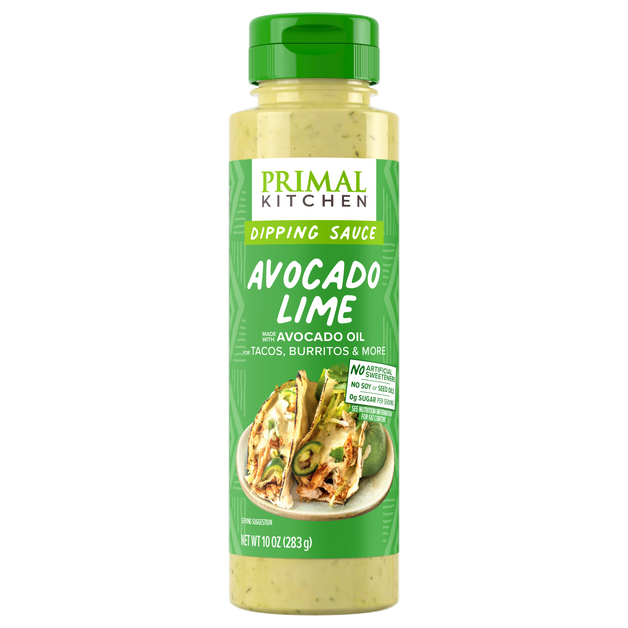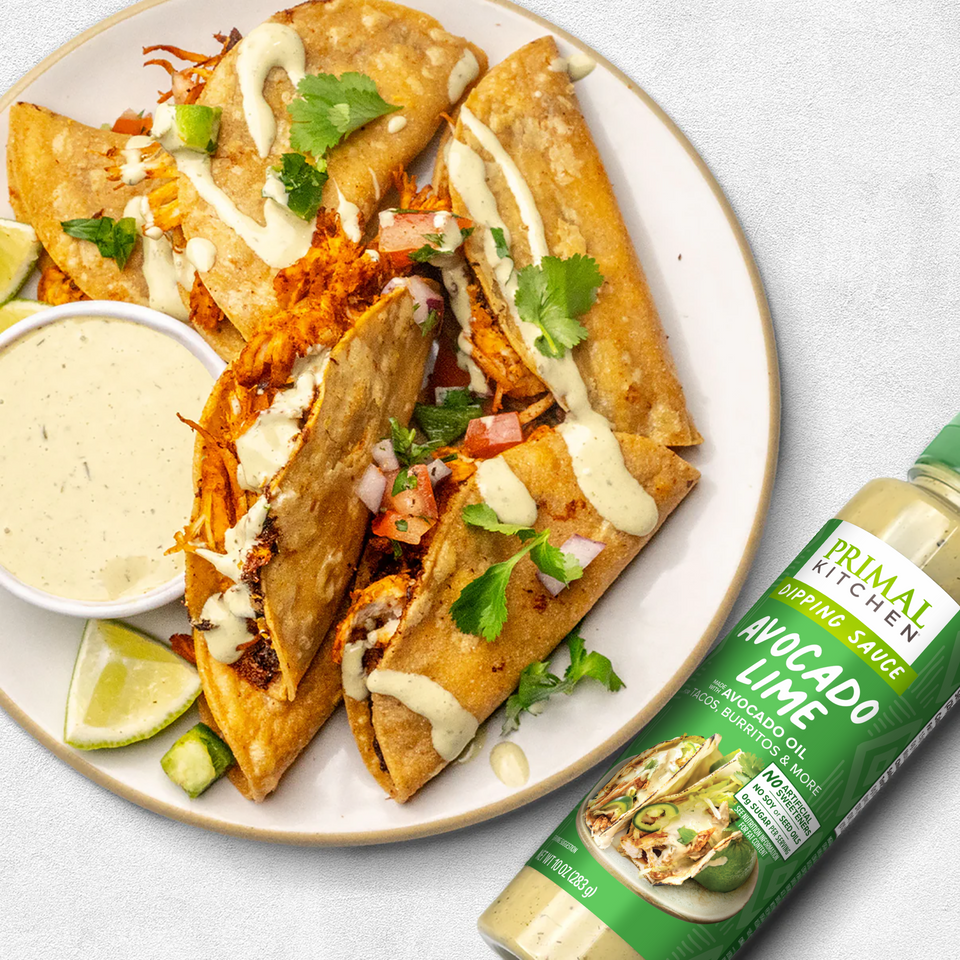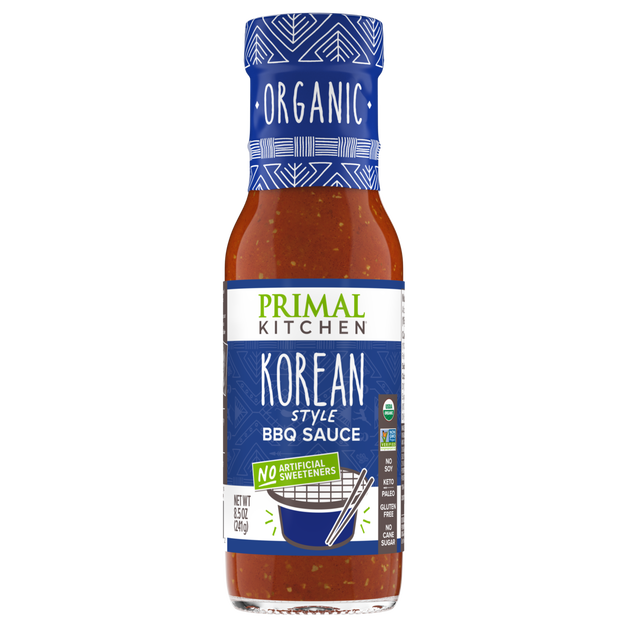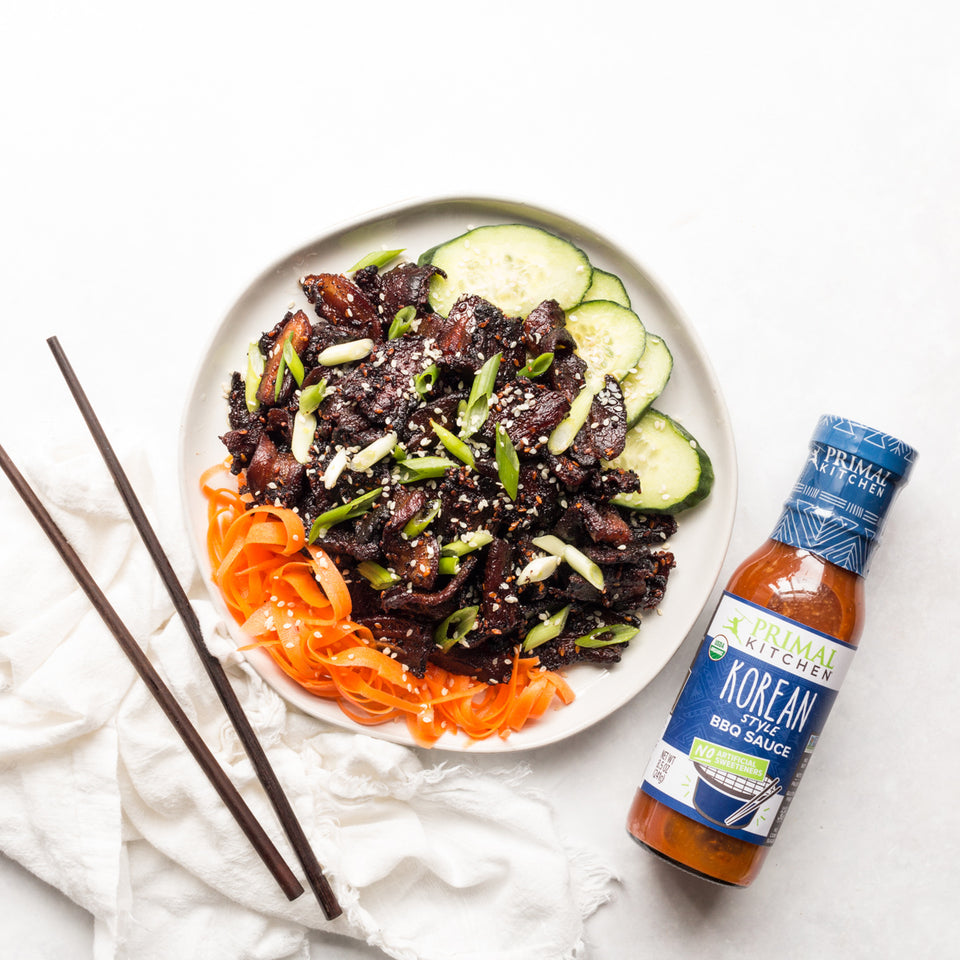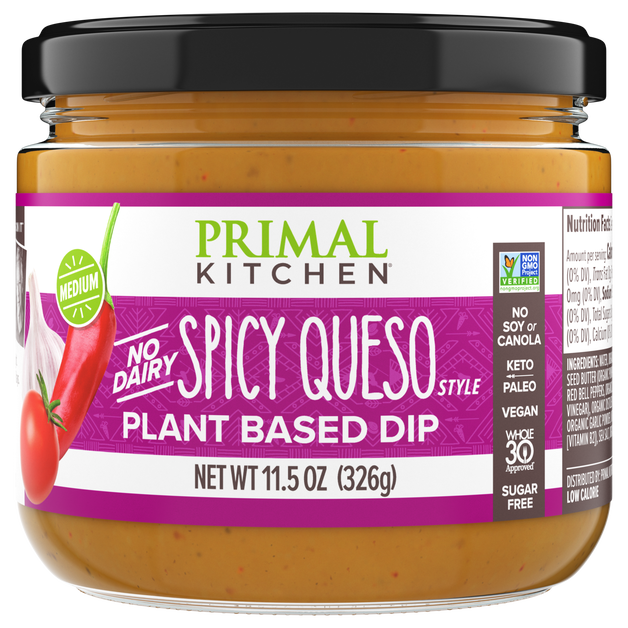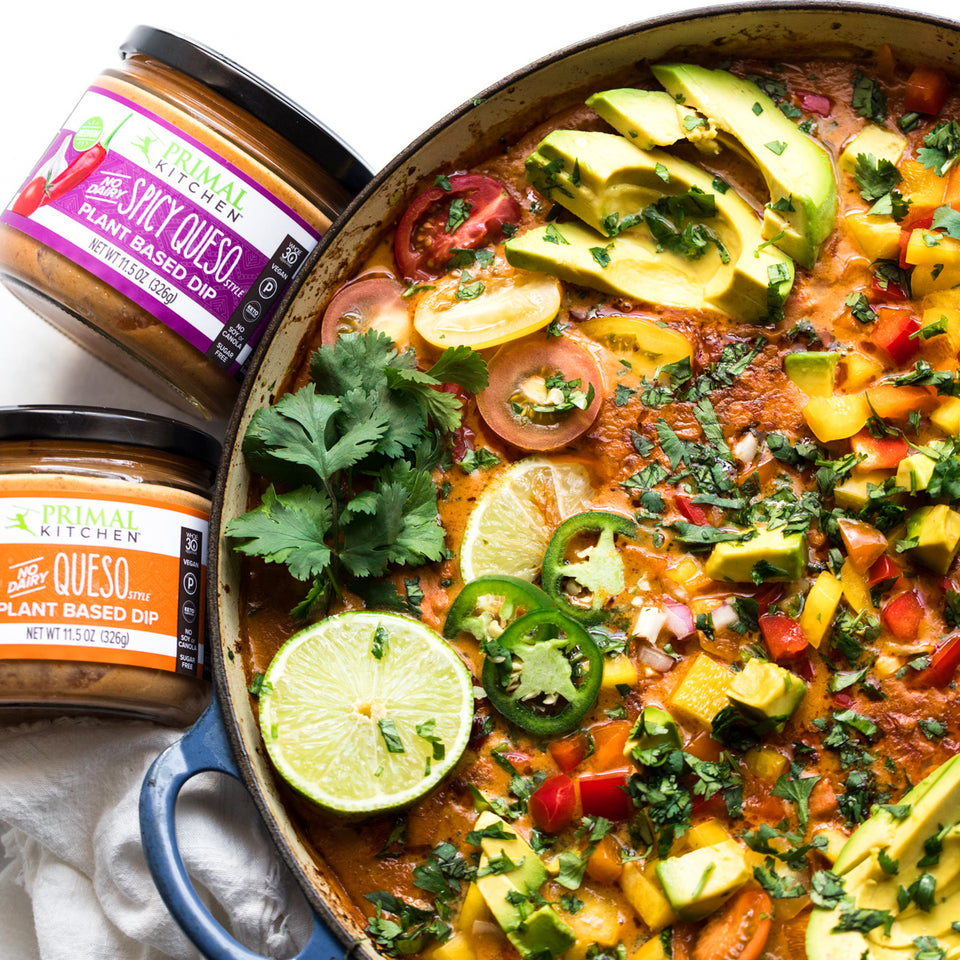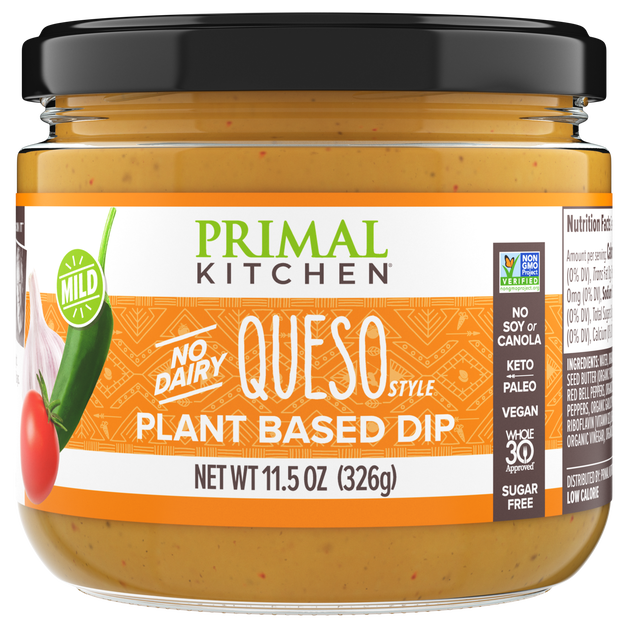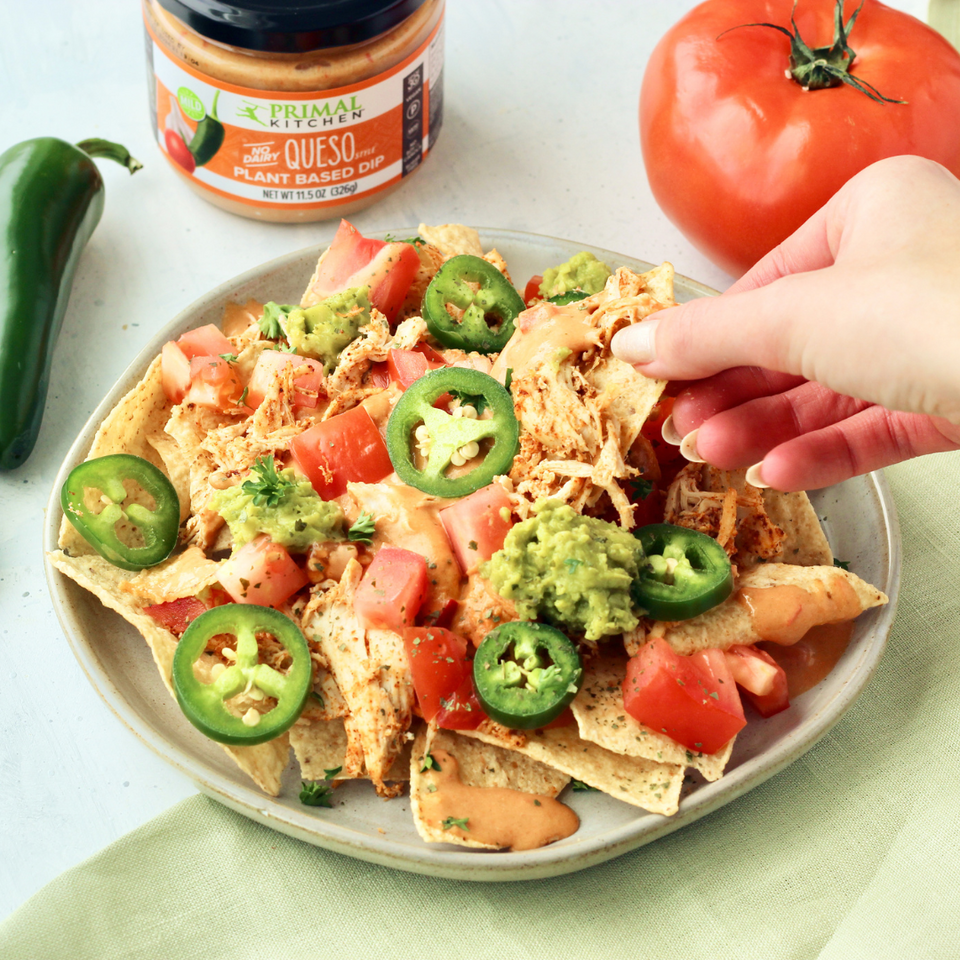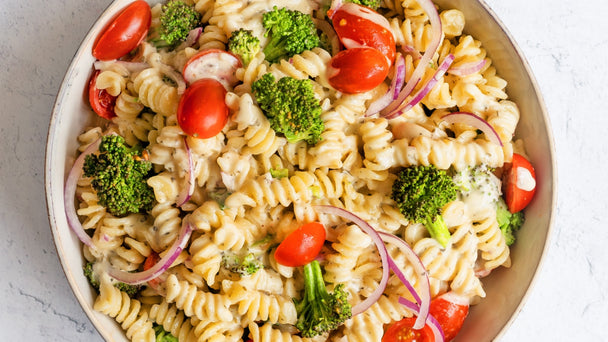The nutrition label is the part of the product label on packaged foods and beverages that tells consumers what’s in the product, the recommended serving size, nutrient content, allergens, and other helpful information. These labels are included on most packaged food and beverage products throughout the grocery store as a requirement from the FDA.
While the nutrition label is full of information, it can be confusing if you don’t understand how it’s written. Understanding the components of the nutrition label and how to read it is a helpful tool that empowers you to make the best choices for yourself and your family. So, let’s break it down!
Components of the Nutrition Label
There are two key parts of the nutrition label that are important to consider when trying to understand more about what is in a certain food or drink product: the Nutrition Facts panel and the Ingredient Statement. Let’s look at each of these components.
The Nutrition Facts Panel
This is the box that says “Nutrition Facts” at the top, followed by a list of nutrients and associated values. There are a few key elements in the Nutrition Facts panel to understand:
- Serving Size: At the top of the panel, you will see the serving size and the number of servings per container listed. The serving size is the standard amount per serving for a particular food category, and this is the amount that the rest of the nutrition label is based on.
It’s important to remember that there is a difference between a serving size and a portion size. For example, the serving size of Primal Kitchen® Ranch Dressing is 2 tablespoons, but you might choose to use just 1 tablespoon for dipping your favorite vegetable. Keep your preferred portion size in mind when looking at the nutritional content of a particular food.
- Calories: The Nutrition Facts panel will also state the number of calories in the product, typically based on one serving size. A calorie is simply a unit of energy. Our bodies need energy from food to function, and the number of calories represents the amount of energy we will get from that particular food. Example: There are 20 calories in one serving of Primal Kitchen® Classic BBQ Sauce. If you used the entire bottle (8 servings) in a recipe, you would be using 160 calories worth of sauce.
- Nutrient Content: The middle portion of the food label lists key nutrients like fat, protein, carbohydrates, cholesterol, sodium, and select vitamins and minerals. Here, you can find out how many grams of each nutrient are found in a single serving size of the product, along with the percent daily value.
- Percent Daily Value: The % Daily Value (%DV) is the percentage of the Daily Value for each nutrient in a serving of the food. The Daily Values are reference amounts (expressed in grams, milligrams, or micrograms) of nutrients to consume, or not to exceed, each day. It’s important to note that the percent Daily Value is based on a 2,000-calorie diet, which may not be the same as your individual calorie needs.
The Ingredients List
The FDA also requires all ingredients to be listed on foods and drinks, using something called The Ingredients Statement or Ingredients List. This is a very important part of the nutrition facts label that sometimes gets overlooked.
The ingredient list is exactly what it sounds like: It lists each ingredient found in the product, in order of prominence by weight. For example, if avocado oil is listed first on an ingredient statement and potato starch is listed last, then avocado oil carries the most amount of weight in the product, whereas potato starch carries the least amount of weight.
The Allergen Statement
Another important element of the ingredient list is the allergen statement, typically found at the bottom of the ingredient statement. Allergen statements are not currently required by the FDA, so be sure to read the ingredient list thoroughly on products that do not have an allergen statement. If allergens are present in our products, Primal Kitchen includes an allergen statement on the label, usually below the ingredient statement.
The big 9 allergens are peanuts, tree nuts, shellfish, fish, eggs, milk, soybeans, wheat, and sesame. You may only be familiar with the big 8, because sesame was just recently added to the list. If a product contains one of the big 9 allergens, it will be called out in the allergen statement. If you have an allergy, this is where you’ll want to look to determine if the product is safe for you to consume. Note that some manufacturing facilities may still process ingredients that are not in the ingredient list of a particular product.

Tips From a Nutrition Expert
Now that you know more about the components of a Nutrition Facts label, let’s look at how to use this information as a tool to make choices that fit your goals.
Look Past the Package Claims: Use the claims on the front of the package as a guide, but not the final decision-making tool when choosing a product. The messages on the front of a package aren’t always a great reflection of what is in the product. For example, a claim like “made with olive oil” may sound enticing, but that might not be the only type of oil found in the product. Another claim that is sometimes misunderstood is “no added sugars.” While the added sugar value is 0g, the total sugar value may be greater than that, since there could be naturally occurring sugars in the product.
Review the Ingredient Statement. By starting here, you can learn what is in the product and decide if these are ingredients that you are comfortable eating. If you see something you don’t like on that list, then you can put it back and move on to another choice.
Check the Nutrition Facts. If you feel confident in the ingredients in the product, then it’s a good time to check the Nutrition Facts panel. It’s helpful to know how this product fits into your eating plan. Is it a dessert or an occasional treat? A meal? An everyday condiment? Being clear on that can help inform your choices.
Here are some things to look for on the Nutrition Facts Panel:
- Calories: Calories provide your body with energy to function properly. Consider how the calorie count fits into your overall wellness goals.
- Total Fat: Although fat has been demonized in the past, it is an essential nutrient for the body and not something to be avoided.
- Protein: Protein can be quite satiating and can do a great job of keeping you full until the next time you eat.
- Carbohydrates: Carbohydrates are a source of energy for the body, but the type and amount matter. If a product is high in carbohydrates, ask yourself where the carbohydrates are coming from: sugar or fiber. If a product is high in fiber and low in added sugar, it will offer more nutritional benefits than a product low in fiber and high in added sugar.
- Sugar: The sugar component of the nutrition facts panel is split into two parts: total sugars and added sugars. Total sugars represent the amount of sugar naturally found in the product plus any sugars that may have been added. For example, in ketchup, the sugar coming from the tomatoes would be included in the total sugar value. If there were added sugars, like refined cane sugar, that value would be reflected in the total sugars line as well as the added sugars line.
- %Daily Value: As a guide, 20% DV or more of a nutrient per serving is considered a high source and 5% DV or less of a nutrient per serving is considered a low source. Generally, it’s encouraged to consume more dietary fiber, vitamin D, calcium, iron, and potassium.
Nutrition Labels Summed Up
We covered a lot about Nutrition Facts and what to look for when evaluating the nutrition information on a product, so let’s sum it up with five easy-to-remember steps:
- Although the claims on the front of the packaging can be a helpful guide, it is usually beneficial to check out the nutrition label and ingredients to really know what’s in a product.
- Pay attention to serving sizes when you are evaluating the values on a nutrition label and remember that the Daily Value percentage is based on a 2,000-calorie diet. Some bodies may need fewer or greater amounts of calories daily.
- Check out the Ingredient Statement below the Nutrition Facts Panel if you are aiming to include or exclude certain ingredients from your diet or to avoid specific allergen-containing ingredients.
- Take note of the %Daily Value amounts, as this can be useful information to know if a product is high or low in certain nutrients (remember: 20% or more of DV = high source and 5% DV or less = low source).
- A good rule of thumb is to aim to get more dietary fiber, vitamin D, calcium, iron, and potassium in your diet and less sugar.
Don’t forget that food is also meant to be enjoyed! Arming yourself with knowledge can empower you to be mindful of what you are eating, but it’s not about being perfect—it’s just about being aware. By knowing what’s in your food, you can make more informed decisions when shopping for yourself and your family.
Sources:
https://www.nia.nih.gov/health/healthy-eating-nutrition-and-diet/how-read-food-and-beverage-labels#list
About the Author
Brynn Streppa, Brand Manager of Strategy for Primal Kitchen, has a passion for learning about consumers and helping them understand that a nutritious diet can be anything but boring. With a Masters in Nutrition, she loves preparing real food that tastes delicious and enjoys making that easier for others to do with Primal Kitchen products. Her favorite Primal Kitchen products are the No-Dairy Vodka Sauce and Ranch Dressing!
